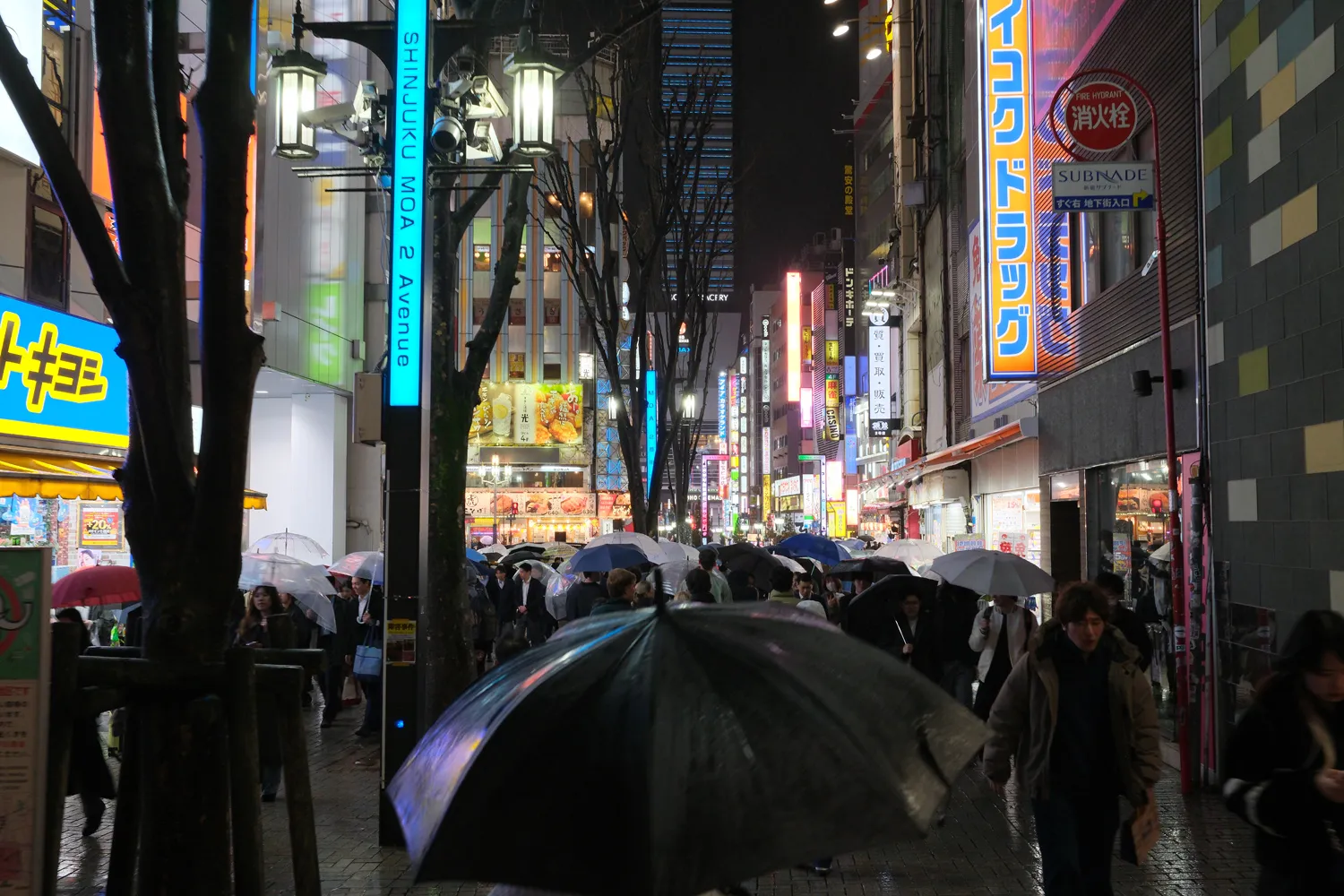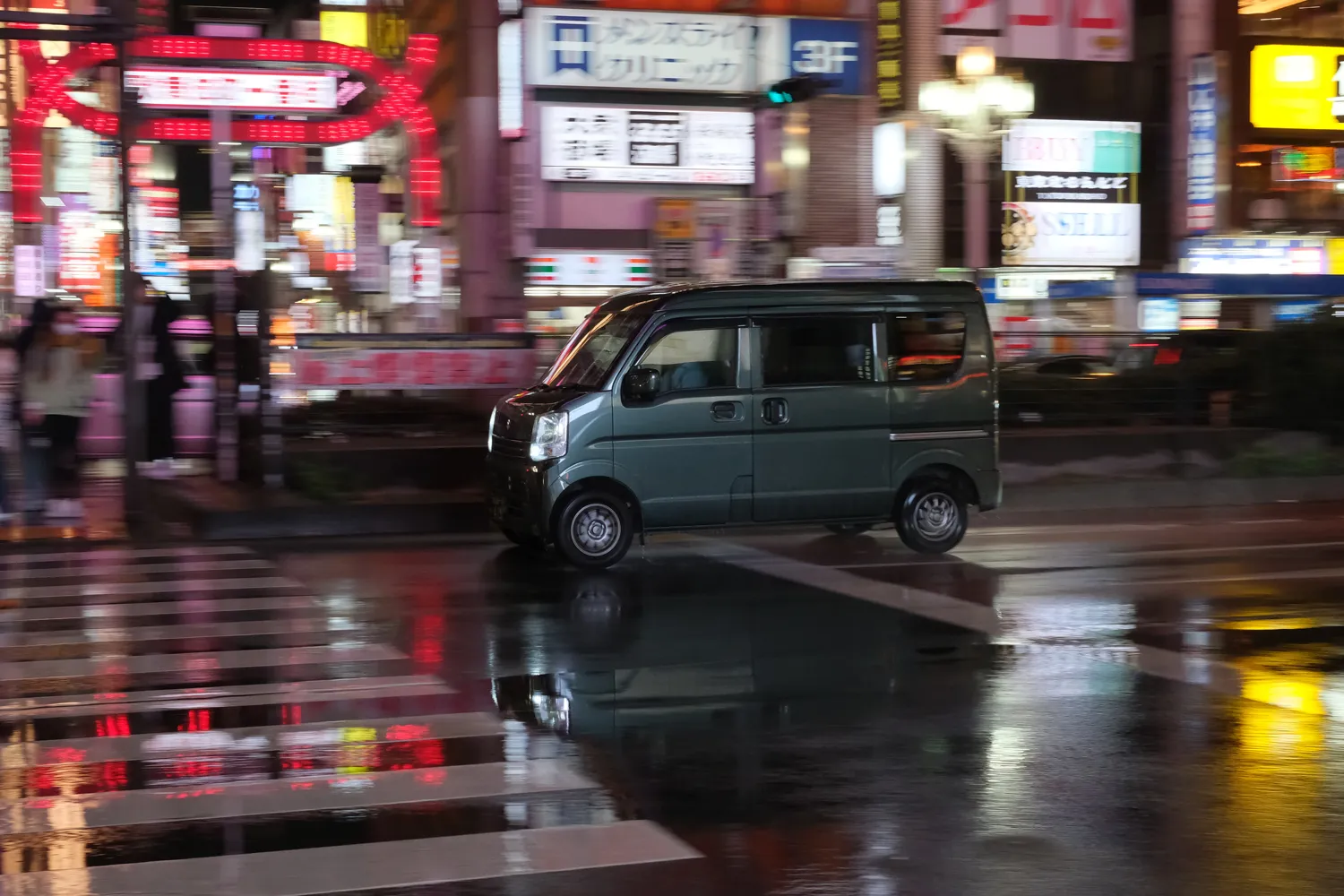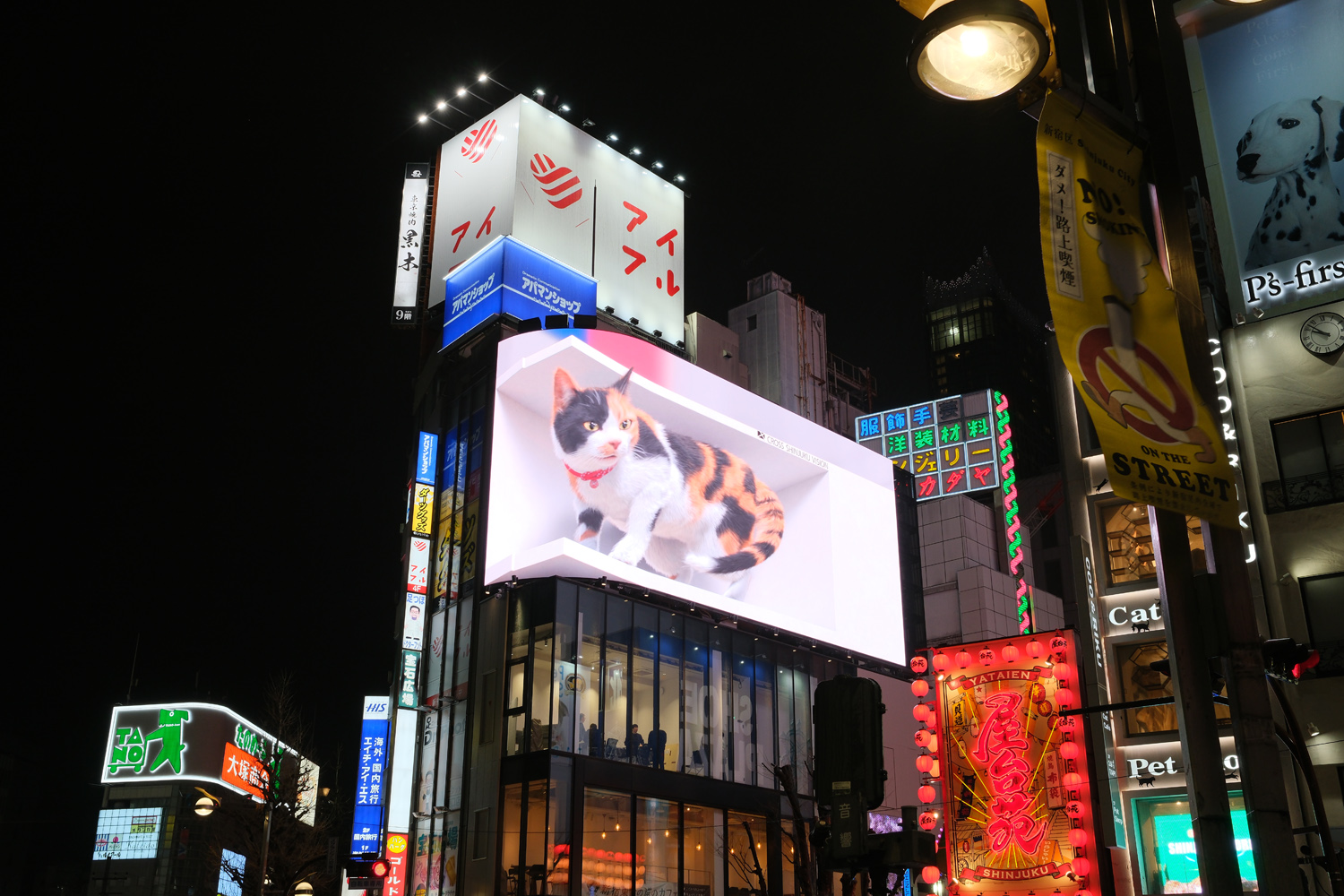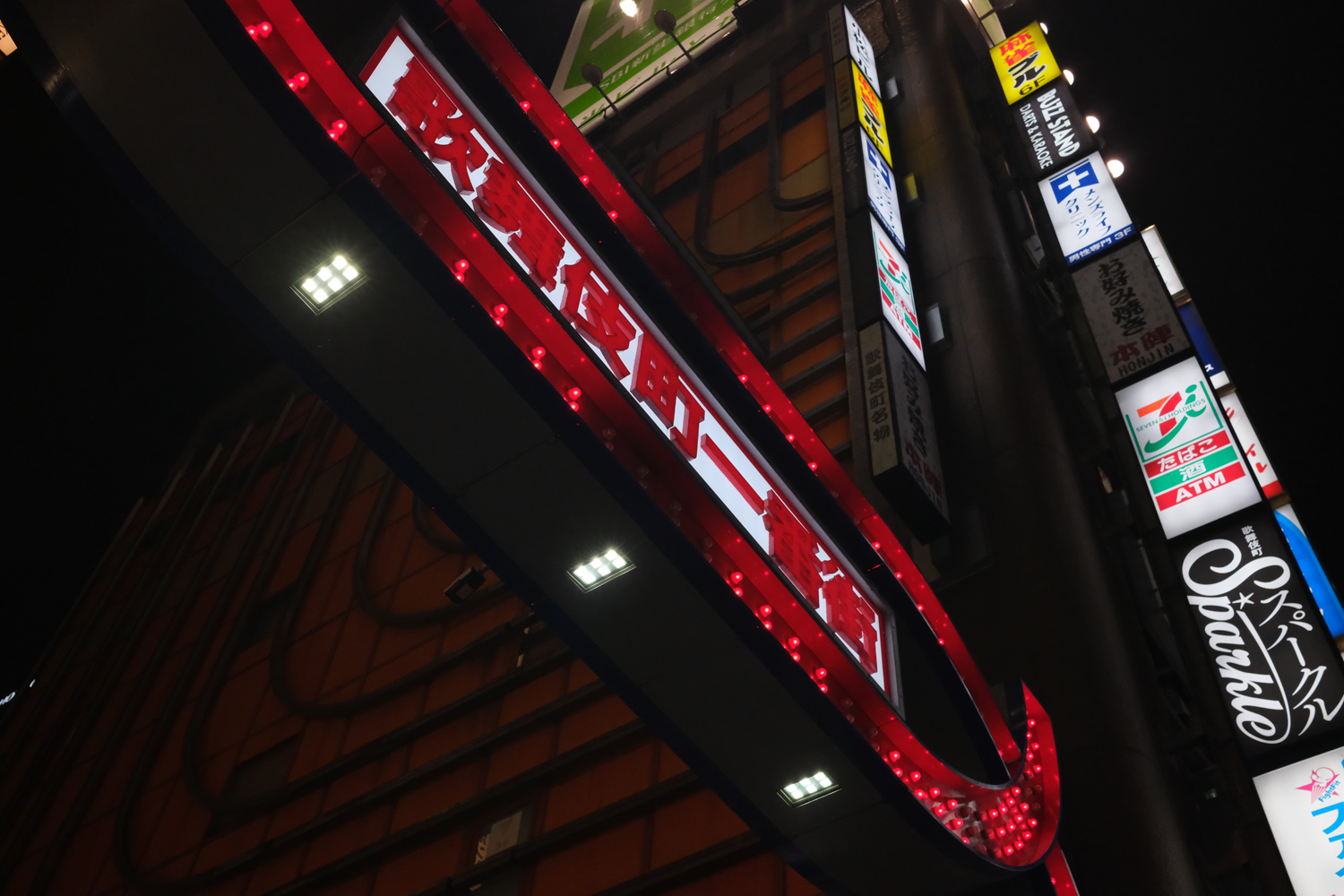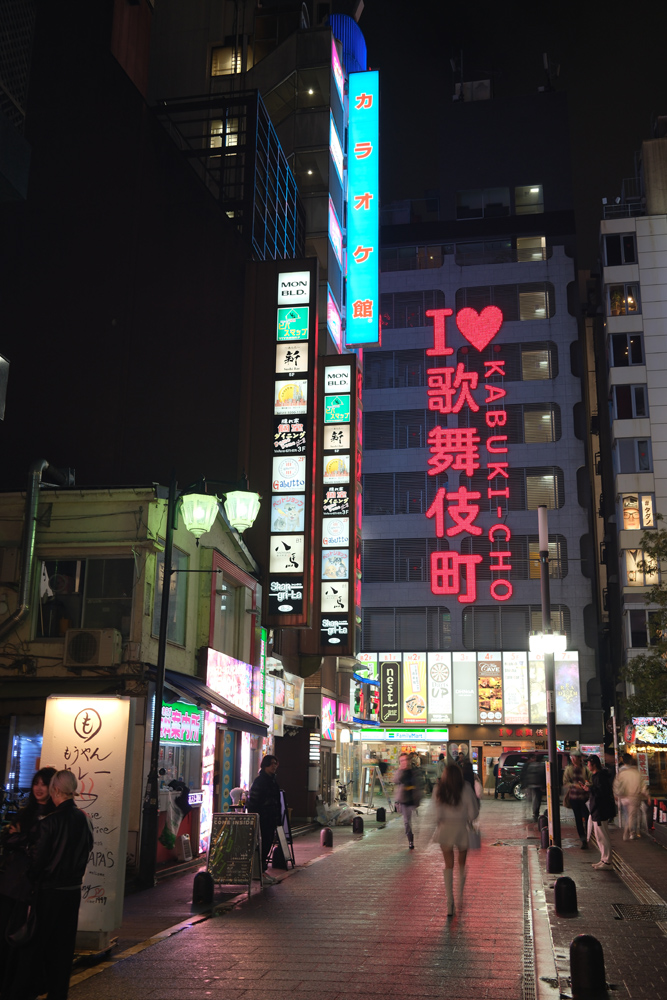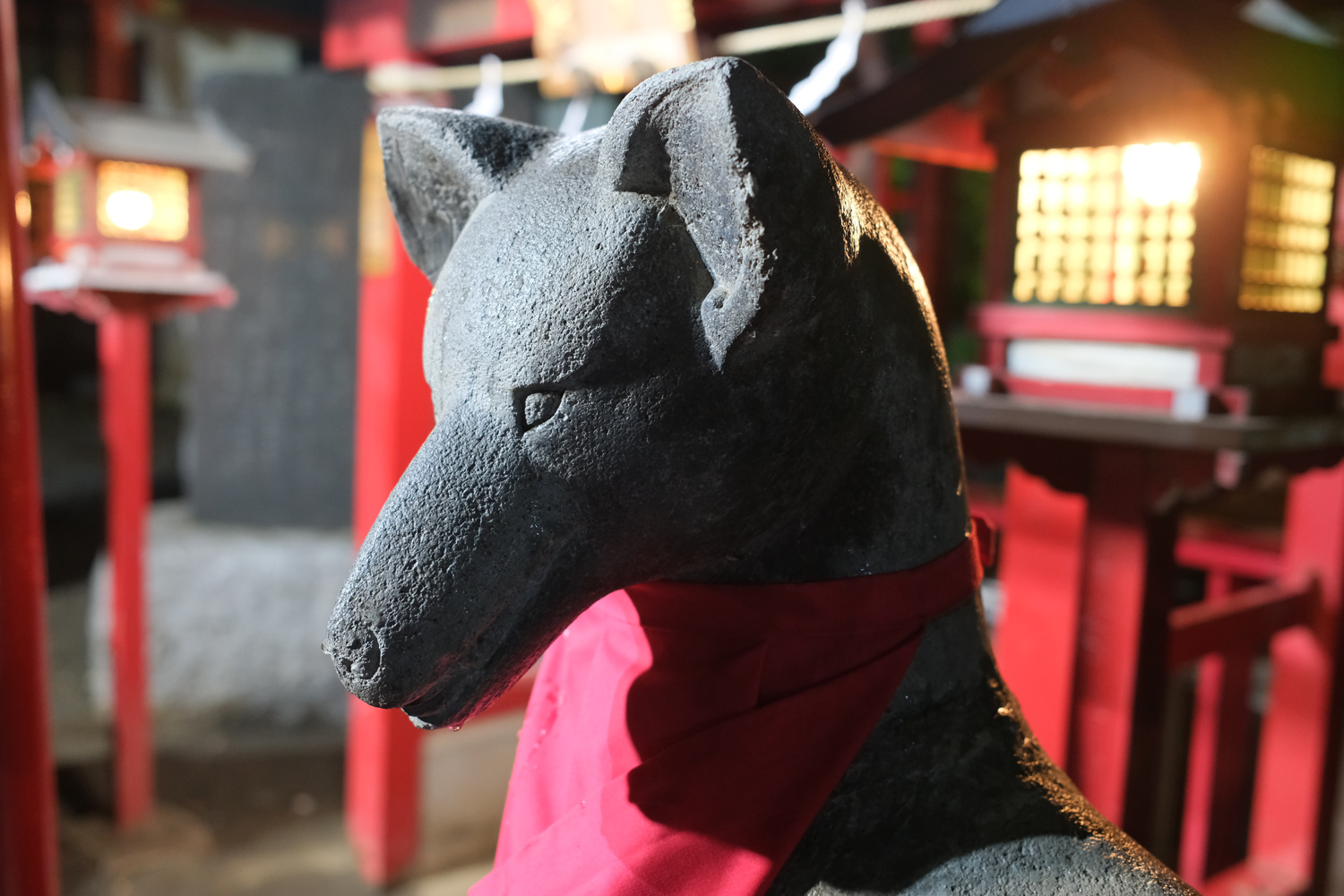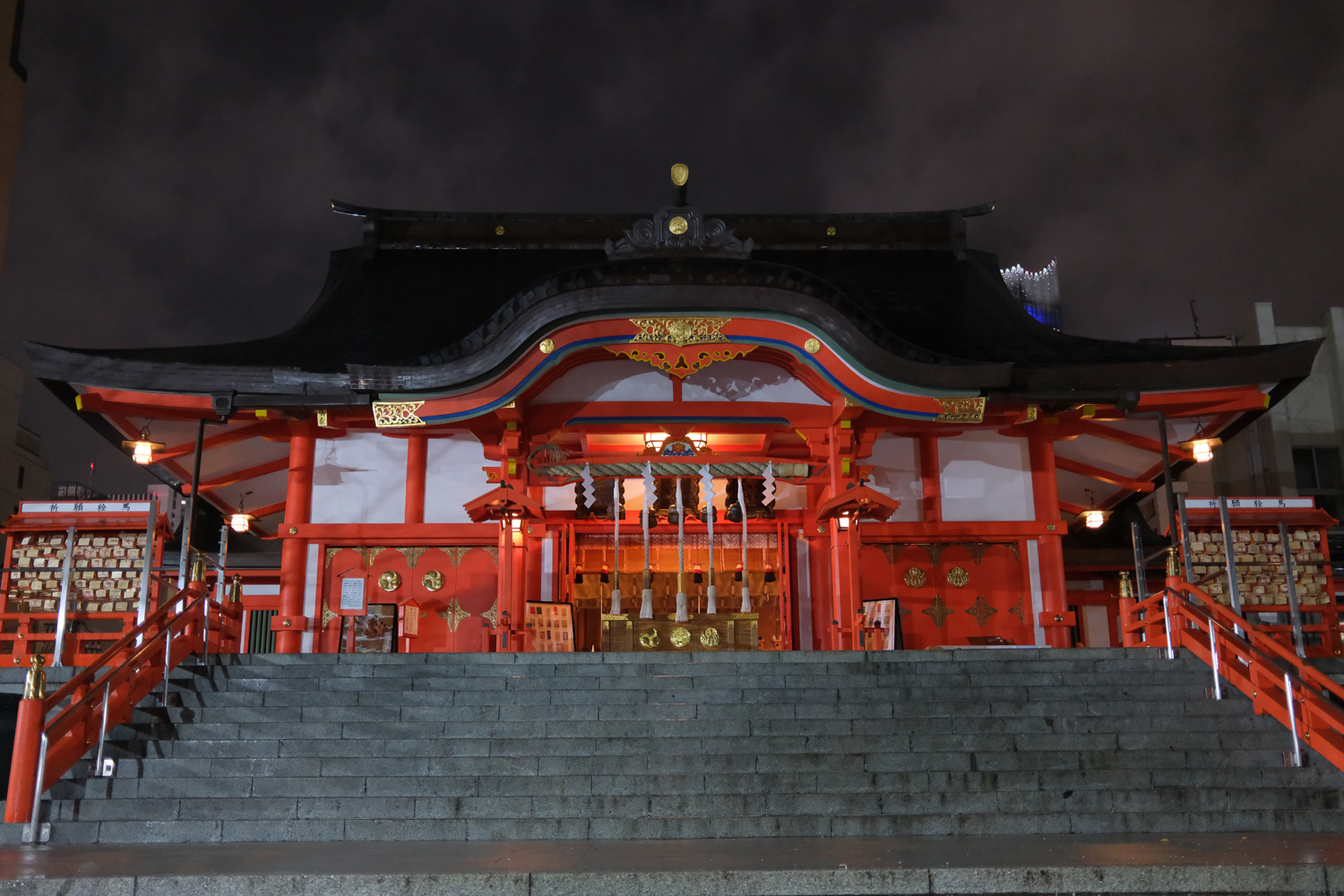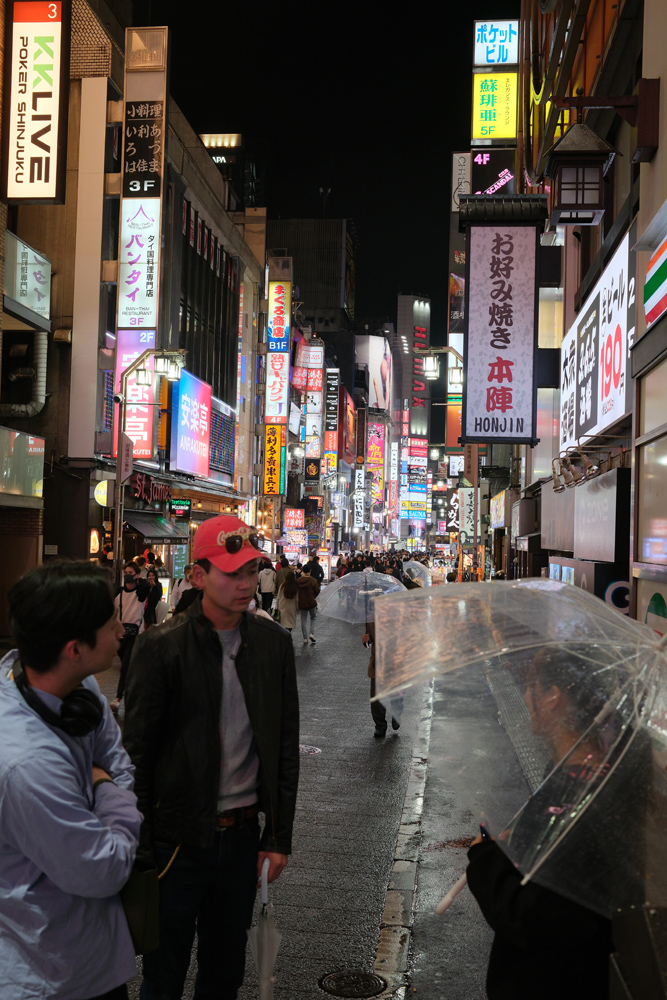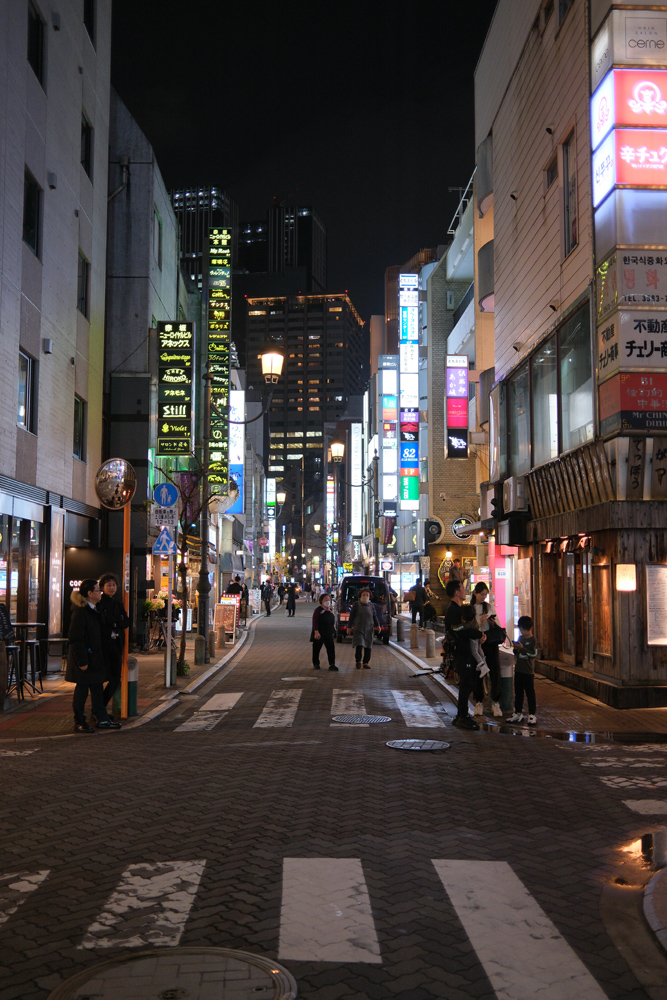Fujifilm X100VI review: the joy of six
The new fixed-lens champion
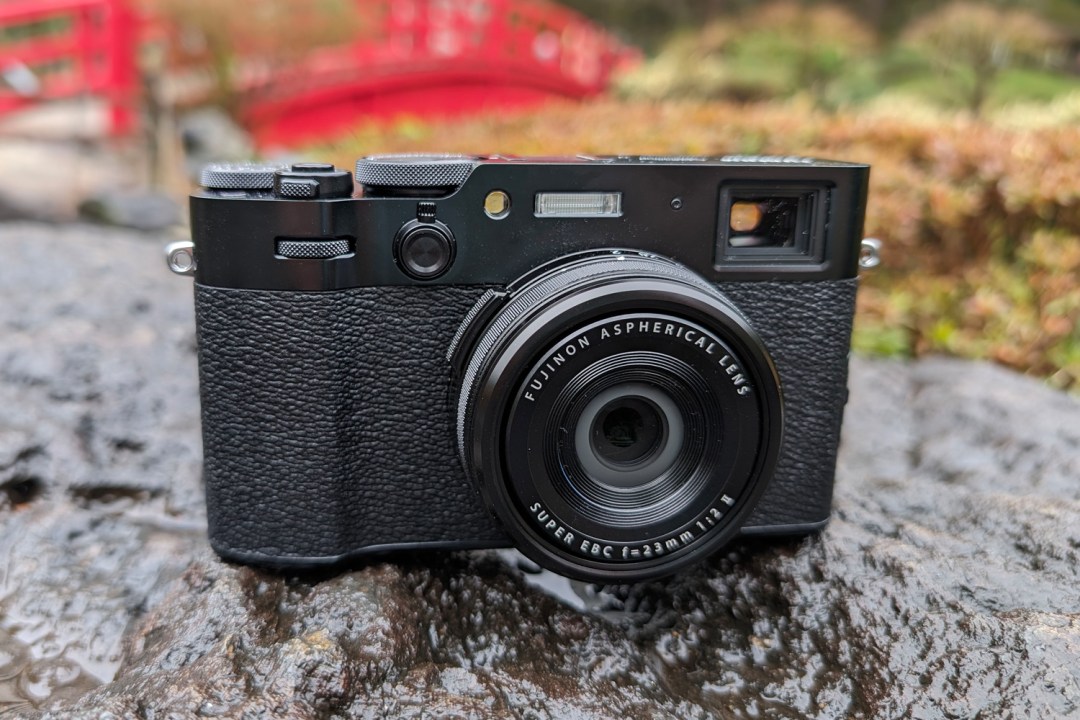
Stuff Verdict
The iconic rangefinder compact returns with even more resolution, in-body stabilisation and smarter autofocus. Street photographers should get in line for a Fujifilm X100VI
Pros
- New sensor takes stunning stills, even when digitally cropped
- Hybrid rangefinder a genuine treat to use
- In-body stabilisation a welcome addition
Cons
- Only two-way tilting LCD screen
- Optional adaptor needed for weather resistance
Introduction
A new fixed-lens Fujifilm flagship has been a long time coming. The outgoing X100 V became such a TikTok sensation it was almost impossible to get hold of – and with good reason. Its unique blend of retro styling, enthusiast-friendly features and top-tier APS-C sensor in a compact camera body make it a street photography favourite. Its successor needs to do all that, and more.
The Fujifilm X100VI is off to a great start, packing the same 40.2MP sensor as the excellent X-T5 system camera and bringing in-body image stabilisation to the X100 series for the first time. It also adds even more fan-favourite film simulations, promises better battery life, and is more film-friendly to boot.
With the only real competition being the rangefinder-less Ricoh GR III and the mightily expensive Leica Q3, has Fuji raised the bar for fixed-lens cameras?
How we test cameras
Every camera reviewed on Stuff is tested in a range of lighting conditions, with a variety of subjects and scenes. We use our years of experience to compare with rivals and assess ergonomics, features and general usability. Manufacturers have no visibility on reviews before they appear online, and we never accept payment to feature products.
Find out more about how we test and rate products.
Design & build: preserves the past
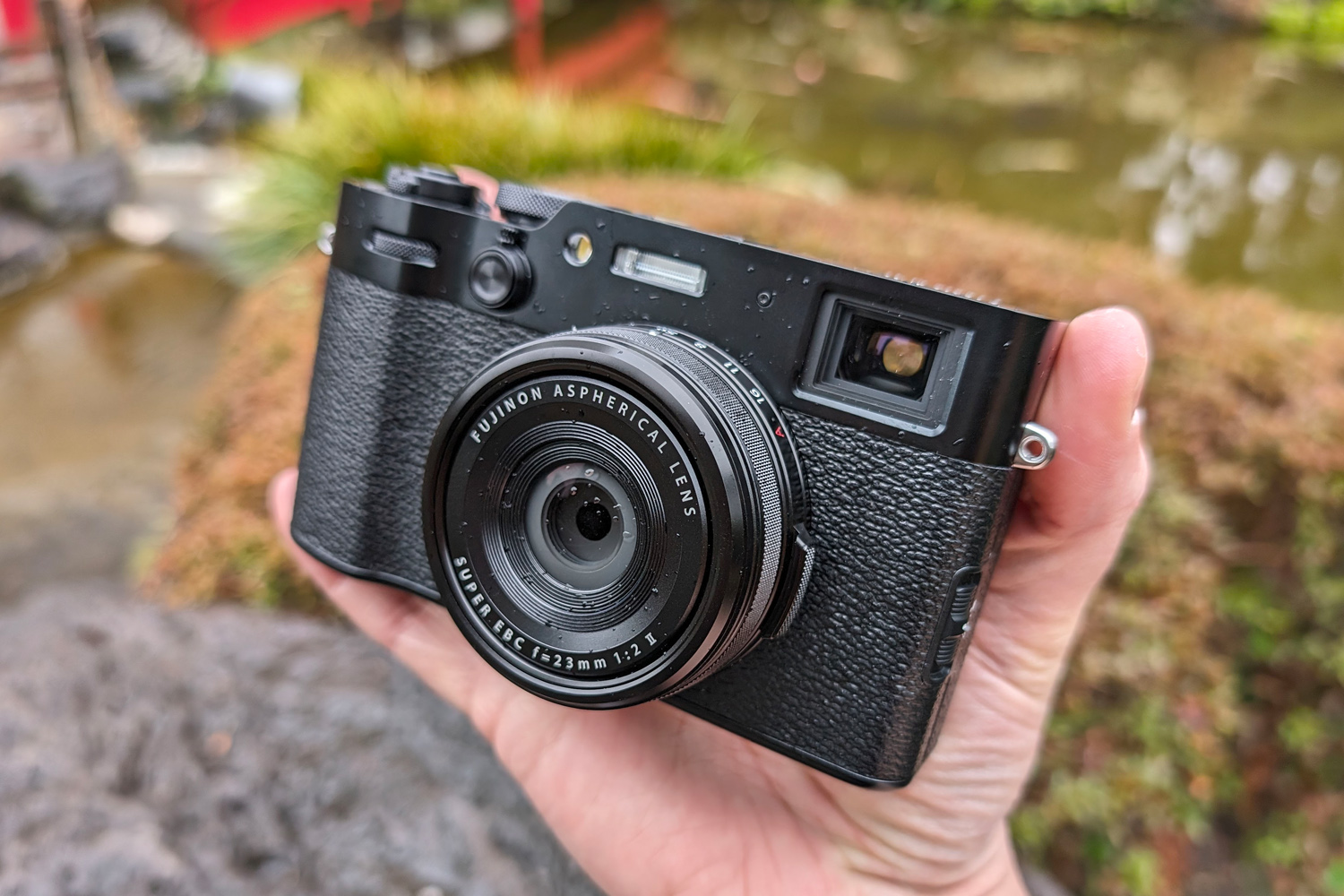
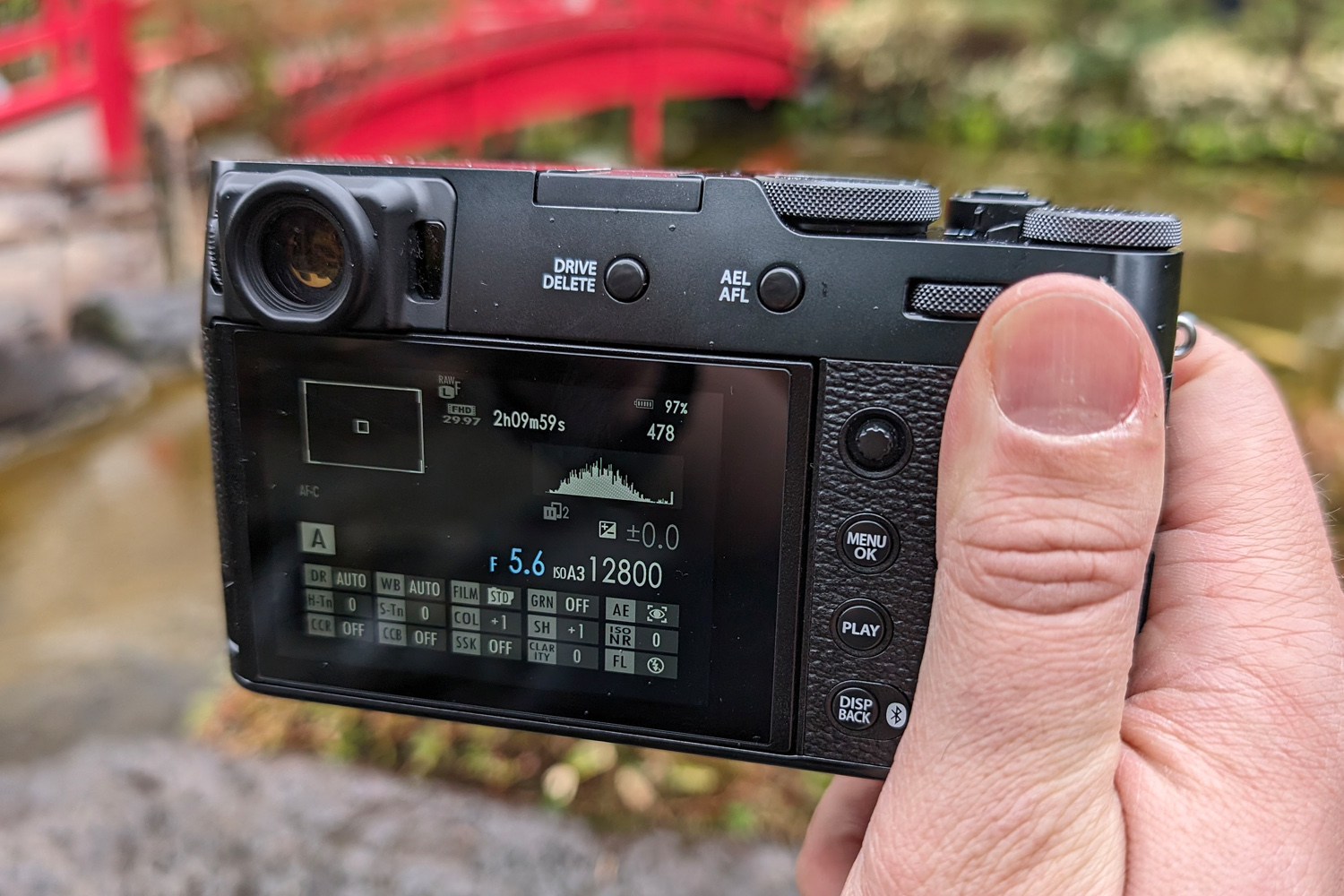
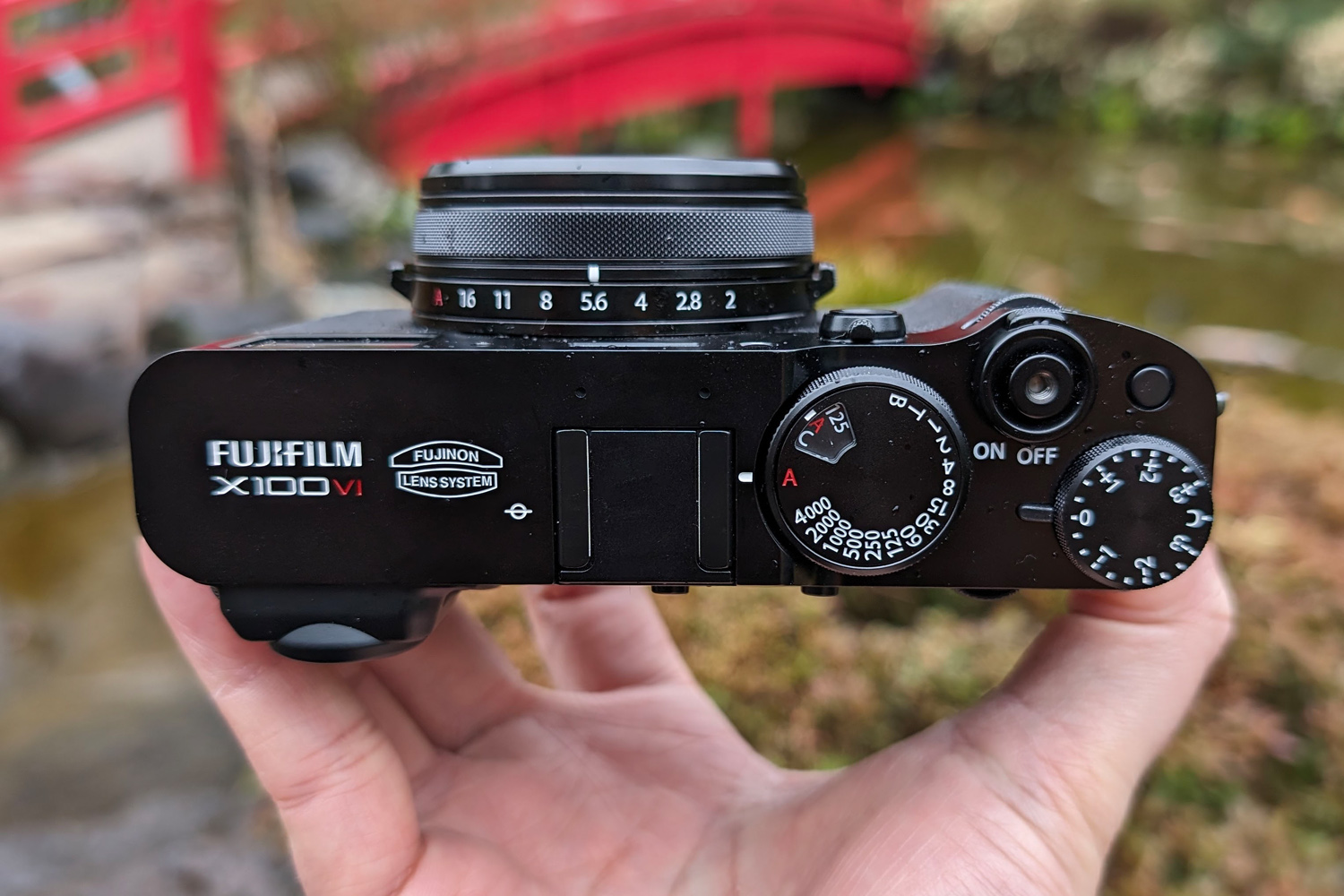
I’ll admit checking the model number etched into the Fujifilm X100VI’s top plate to be sure I hadn’t picked up the outgoing camera by mistake. The overall design, button placement and the dimensions are essentially unchanged between generations. That’s pretty impressive, given Fujifilm has added in-body stabilisation here.
With battery and memory card installed it weighs 521g – a 43g increase over the old camera, but still lighter than any similarly-sized CSC with a lens fitted. It’s maybe a millimetre thicker in some places, and the grip has been reprofiled slightly, but that’s about it. I felt no ill effects from having it slung over my shoulder on a strap after multiple days of shooting.
It’s a relief Fuji didn’t feel the need to mix things up, as the X100 V was wonderfully ergonomic. That’s still true for this new camera, with a layout that’s ideal for one-handed shooting. The shutter speed dial still lifts and twists to adjust ISO, the front and rear command dials are effortlessly customisable, and the tilting touchscreen makes low- and high-angle shooting a breeze.
You still have the choice of a black or silver body; I think silver has more retro charm, but black might be the better choice if you value subtlety when shooting in public. Neither is fully weather resistant, though: just like the outgoing X100 V, you need to fit the optional adaptor ring and filter, a £100 accessory, first. This camera is compatible with the old one’s accessories, though I’m not sure how many X100 V owners will be upgrading.
Features & battery life: hybrid hero
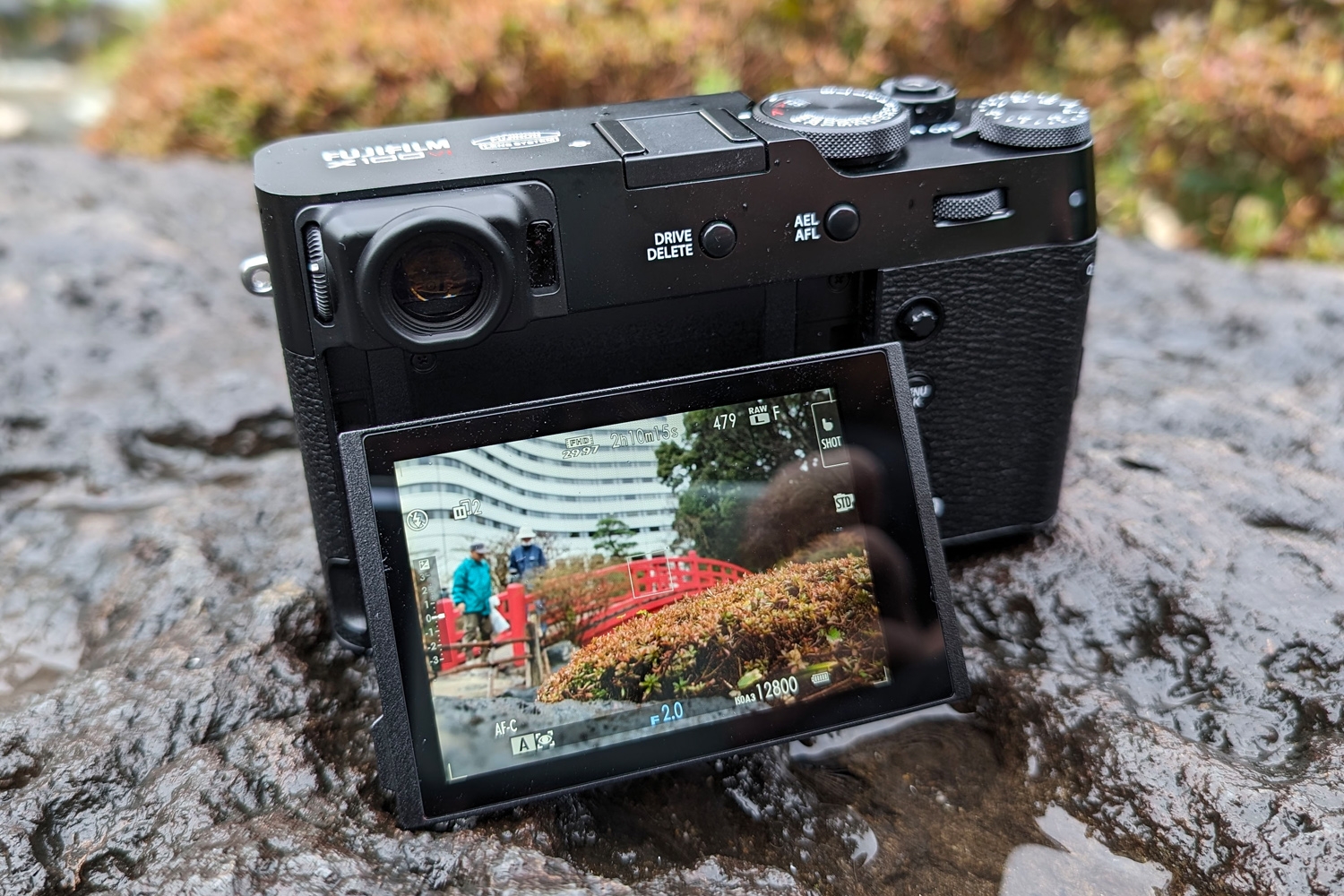
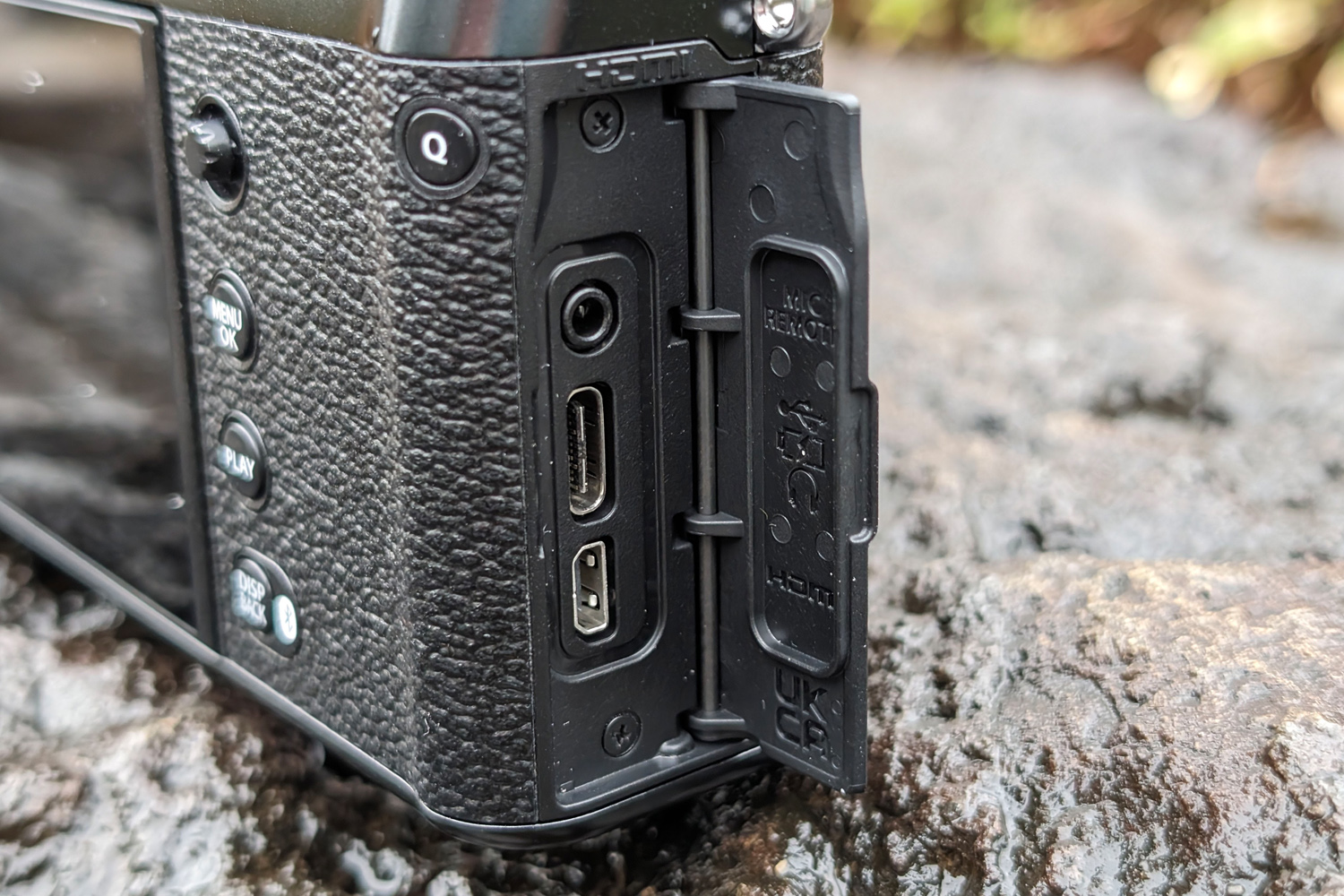
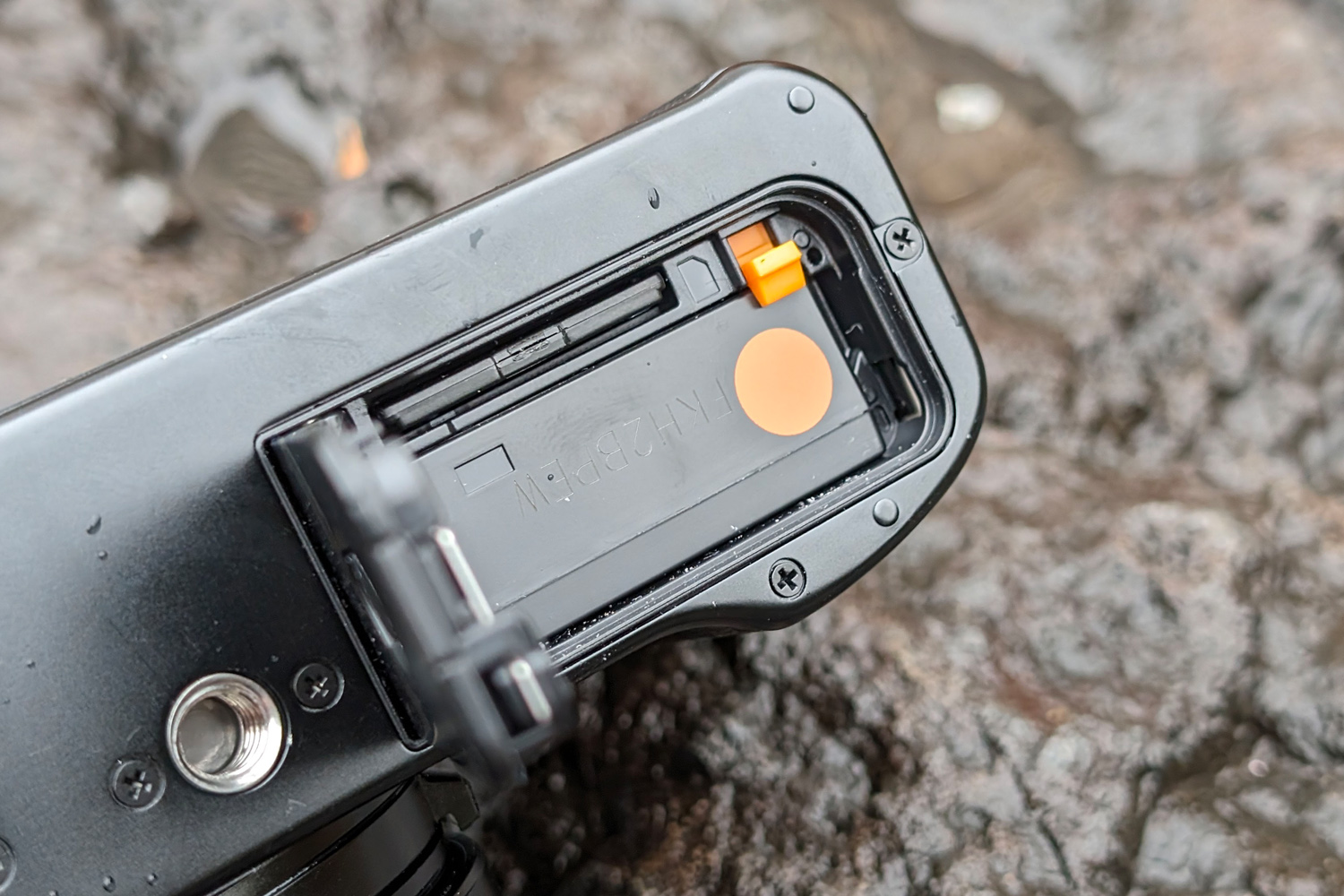
The hybrid rangefinder has always been a big part of the X100’s appeal. There’s an optical viewfinder for purists, and an OLED electronic viewfinder for tech addicts who want to preview their shot’s exposure or white balance before pressing the shutter button. Flick the selector switch on the front of the camera and an electronic rangefinder will appear in the bottom corner for focus previewing.
It’s a genuine treat to use, and sets the Fuji apart from its system camera rivals. You won’t find one on the $5995/£5300 Leica Q3 fixed-lens compact, either. In my mind, if you’re mainly framing photos with the LCD touchscreen, an X100 may not be the camera for you. It did prove useful for framing at extreme angles, though, and handy for quickly changing settings via the Q menu.
Stills shooting has always been the X100’s focus, but Fuji hasn’t neglected movie making for this sixth generation. There’s a 2.5mm microphone input hidden behind a door at the side, along with a USB-C port that can support audio monitoring via a 3.5mm headphone adaptor. Bluetooth and Wi-Fi are par for the course these days, but I still appreciated being able to sync snaps to my phone with Fuji’s vastly improved Xapp companion app.
I was also relieved it stayed faithful to SD cards for storage, rather than adopting the newer (and much more expensive) CFexpress; even with the newly added ability to record 6.2K video at 30fps by cropping the sensor, the faster cards would’ve been overkill. SD is plenty quick enough to handle the X100VI’s continuous shooting modes, which top out at 11fps with mechanical shutter or 20fps with an electronic shutter. I was surprised by the strength of the eject spring; it sent the card flying the first time I went to remove it.
Fujifilm hasn’t found room inside the X100VI for a larger battery, but says the more power efficient image processor means you should manage up to 450 shots per charge. That’s around 30 more than the X100 V could manage. Not too shabby, seeing how this new camera also has an IBIS system to power. In my week of testing with it I got closest to Fuji’s claims by using the optical viewfinder more than the LCD touchscreen.
Performance: oh so stable
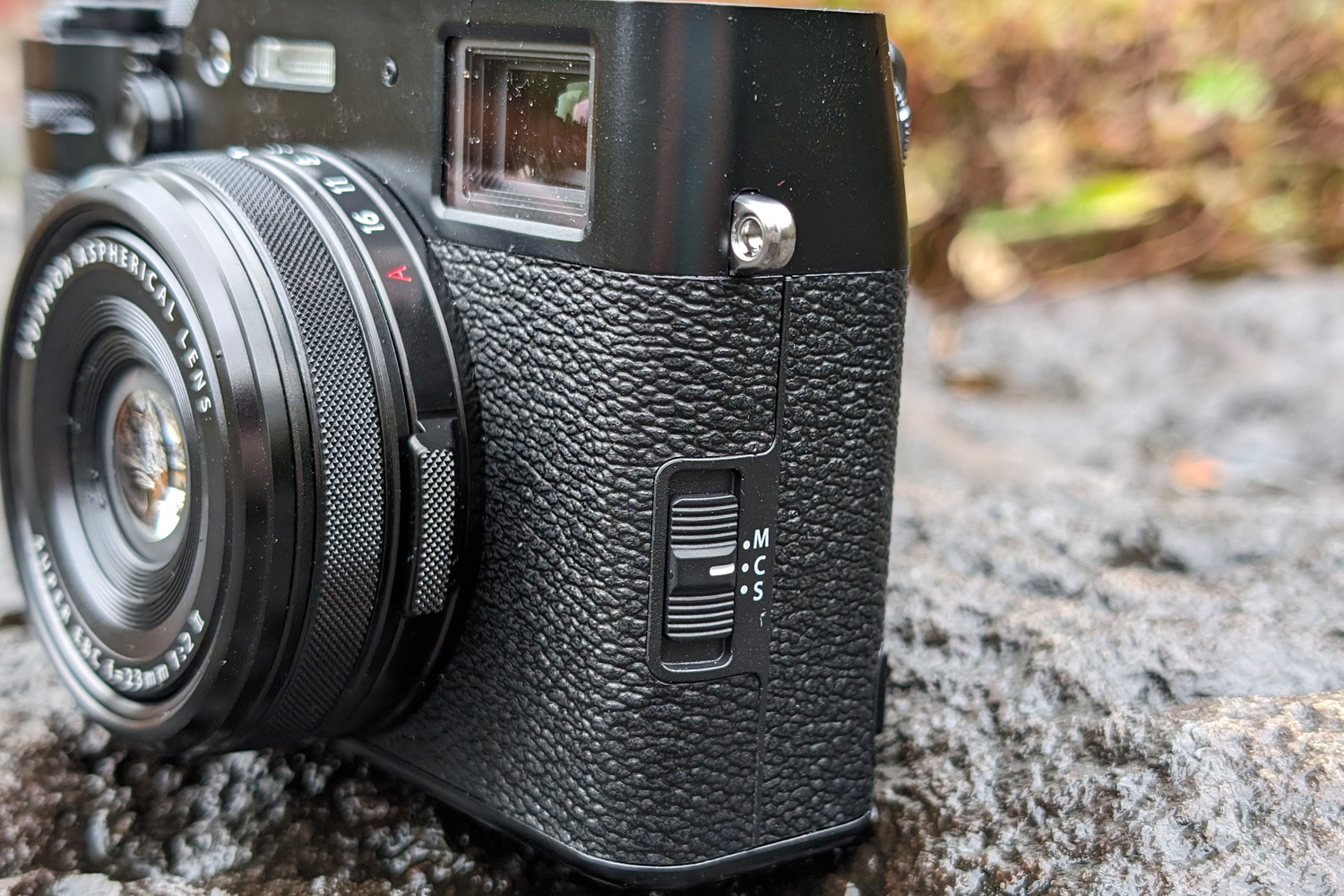
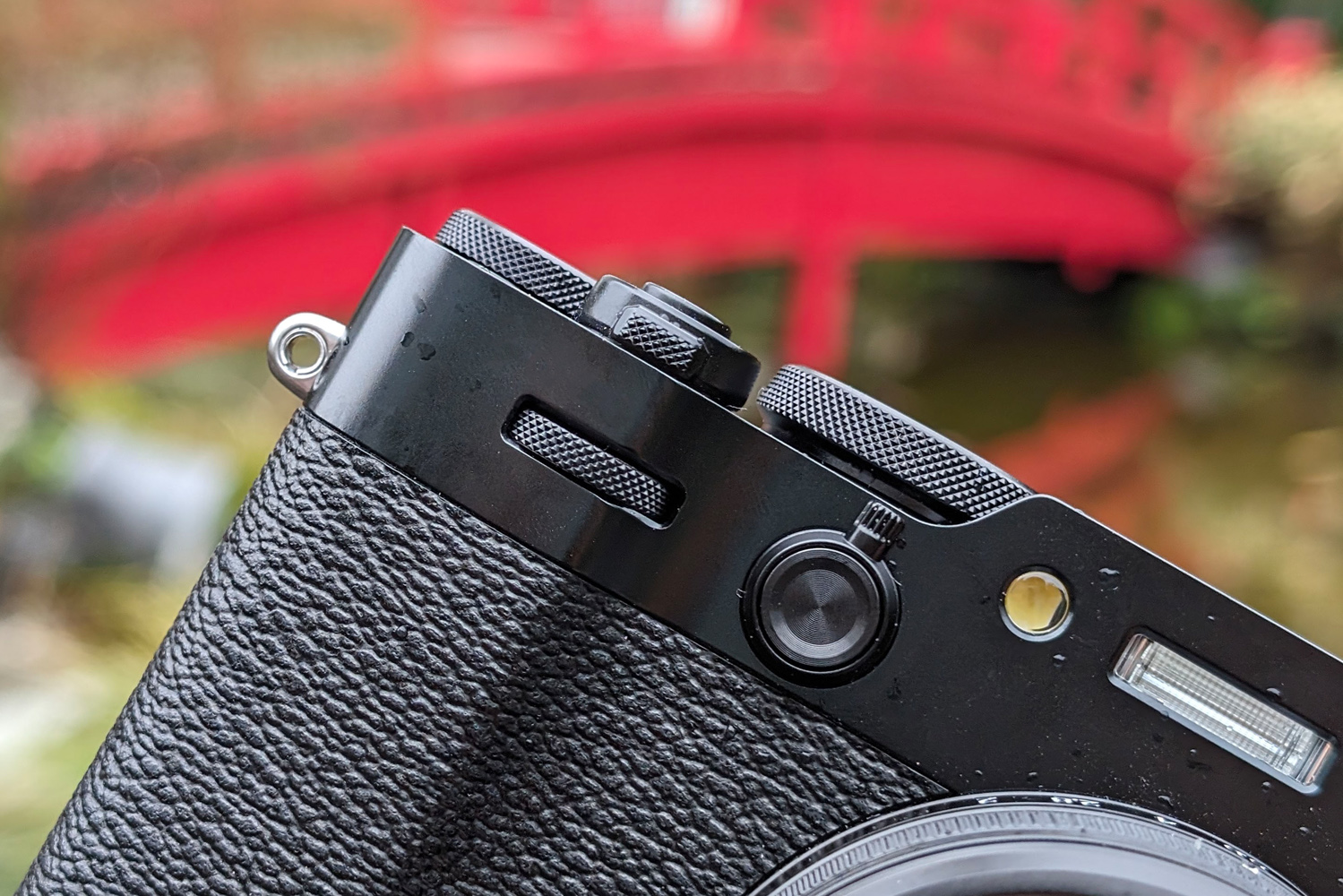
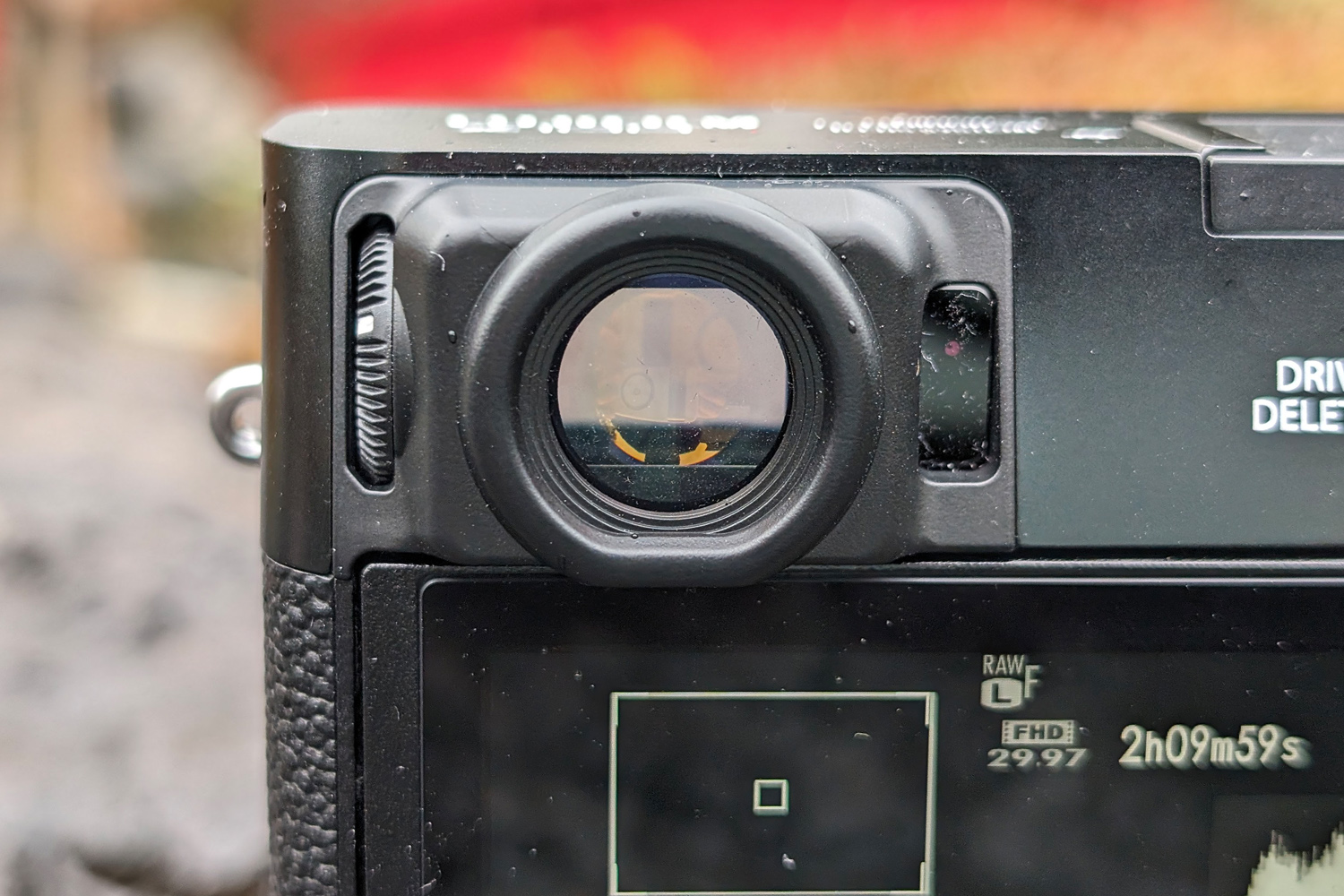
Fuji’s X-Processor 5 image processor is tried and tested by this point. It brings a lower base ISO than the previous-gen X100 could manage, which should mean even cleaner shots in well-lit environments, and the 425 autofocus points can now rely on AI-based subject-recognition to watch out for animals, birds, cars, bikes, planes or trains.
That’s on top of the firm’s excellent face and eye detection, which was lightning quick during my testing. It could make the difference between getting a clean shot of a passing cyclist or car when out on the street. It’s a definite improvement over the X100 V. This isn’t the absolute fastest autofocus you’ll find on a camera, but it’s more than quick enough for street photography.
Burst performance isn’t as mission critical for street photography as it is for sport or wildlife either, so I was perfectly happy with 11fps using the mechanical shutter; I could rattle off frames without worrying I’d miss the moment, but also not fill my SD card with unwanted extra shots. It’ll do 20fps with a purely electronic shutter. Each 40MP resolution JPEG is about 20MB and each RAW about 80MB, so a large card would be a sensible first purchase.
It’s the five-axis in-body image stabilisation that really helped the X100VI stand out as a street photography specialist. At sensible shutter speeds, I could quite happily shoot at a walking pace without wondering if my shots were going to be blurry. I could also shoot handheld in darker environments without resorting to extreme ISO levels.
The leaf shutter mechanism is very quiet, allowing for more surreptitious shooting than a mirrorless camera’s focal plane mechanism can mange. I did miss the more physical sensation of my Fujifilm X-S20‘s shutter, though.
Stills and video quality: film-friendly
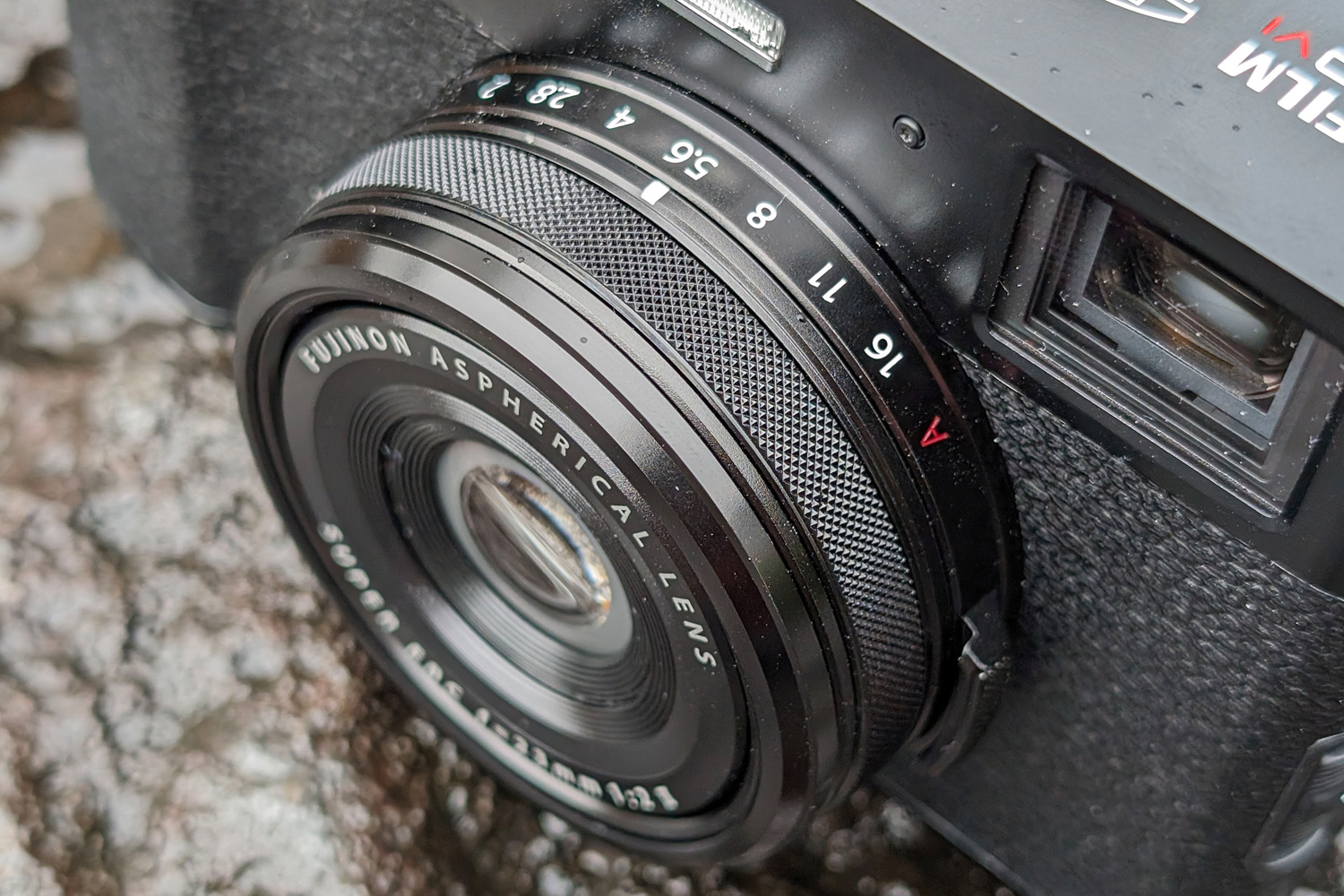
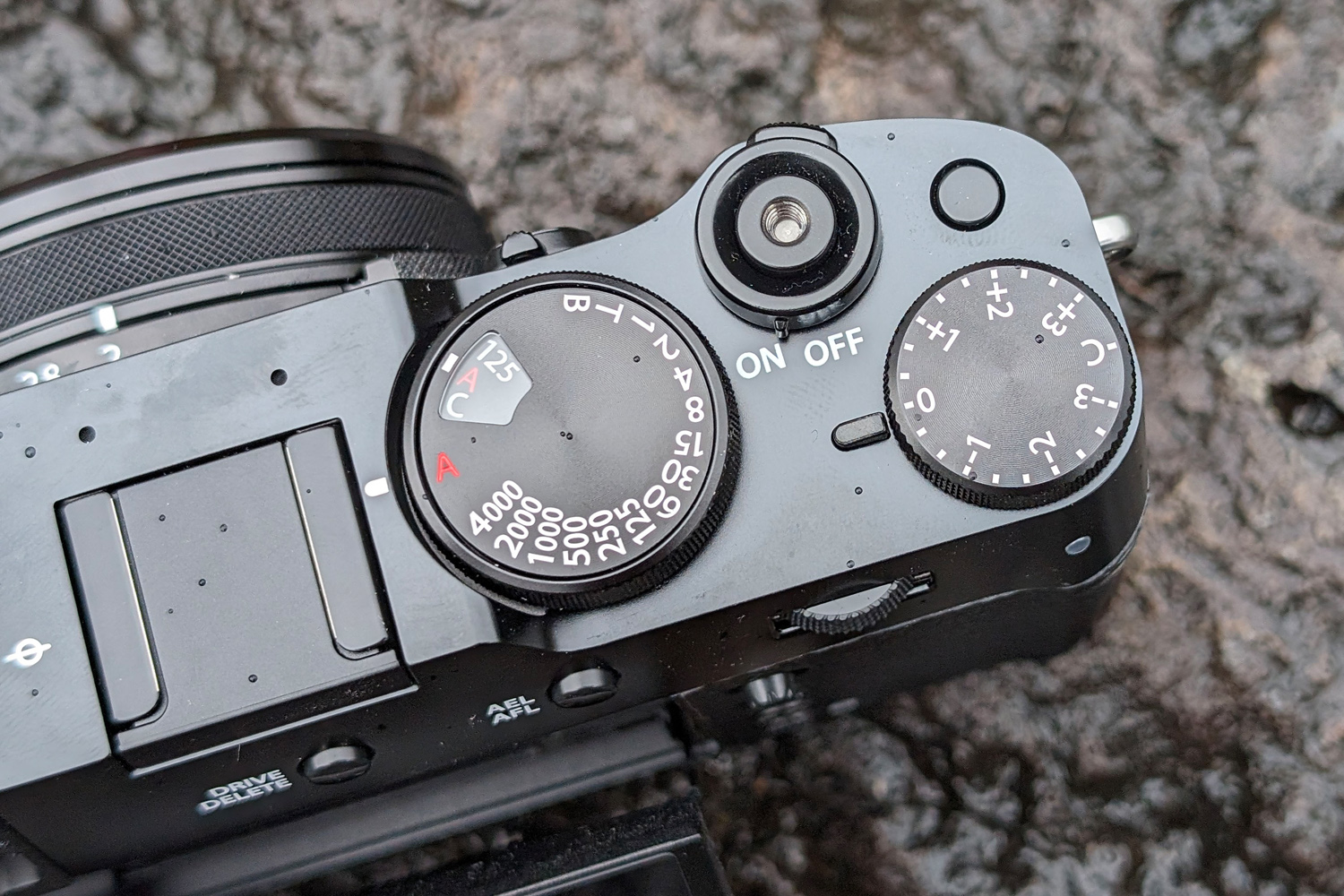
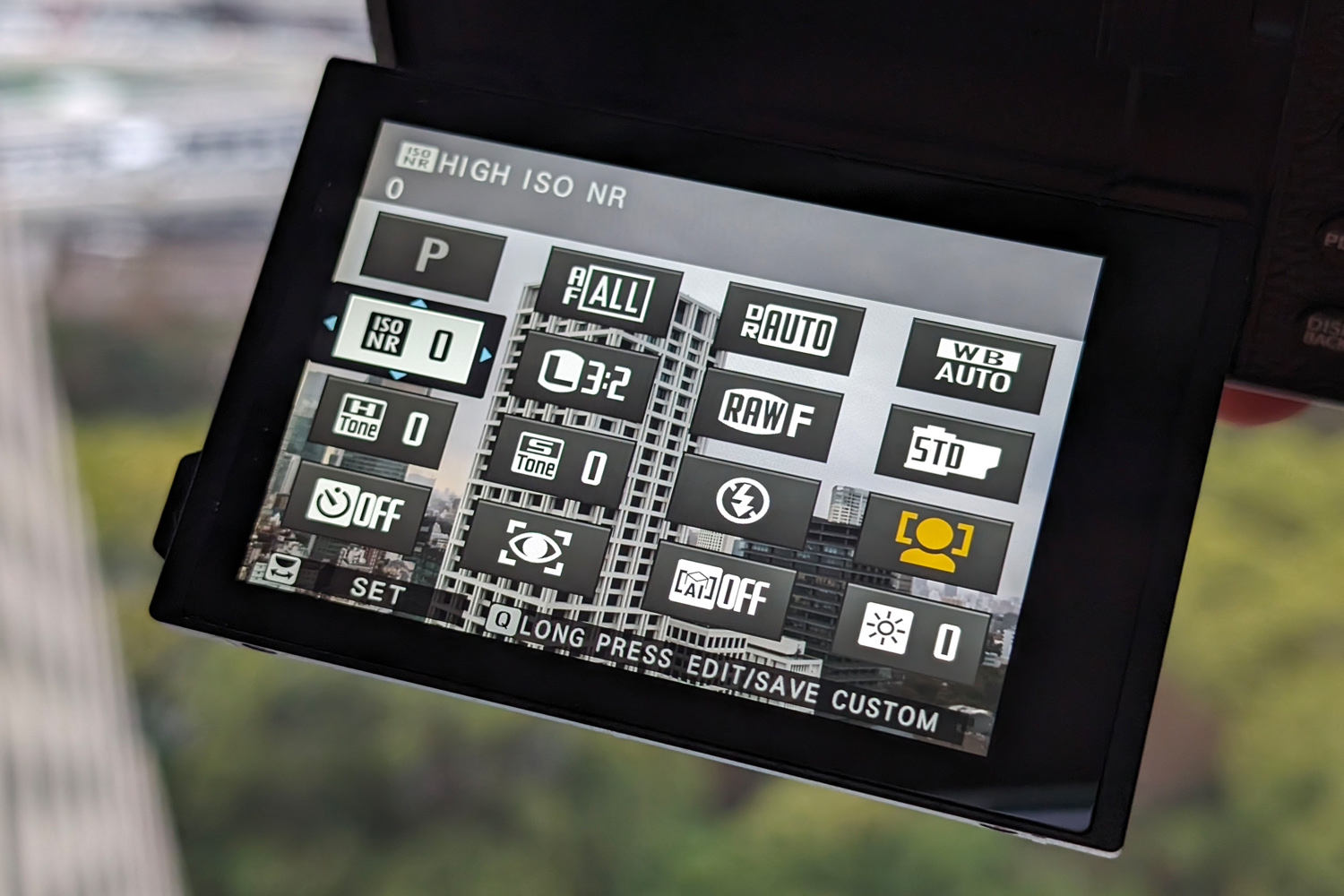
The X100VI’s 23mm fixed lens is unchanged from the last-gen model, with a 35mm equivalent field of view and wide f/2.0 aperture. I’m not complaining, as it was optically superb before. Here it delivers wonderfully sharp photos even when shooting wide open, including at close range.
With the new APS-C sensor delivering almost double the resolution of the X100 V, I was also impressed with the level of detail on show when using the 1.4x and 2.0x digital teleconverter. You can crop into the frame with very little penalty at the sort of subject distances this camera is designed for.
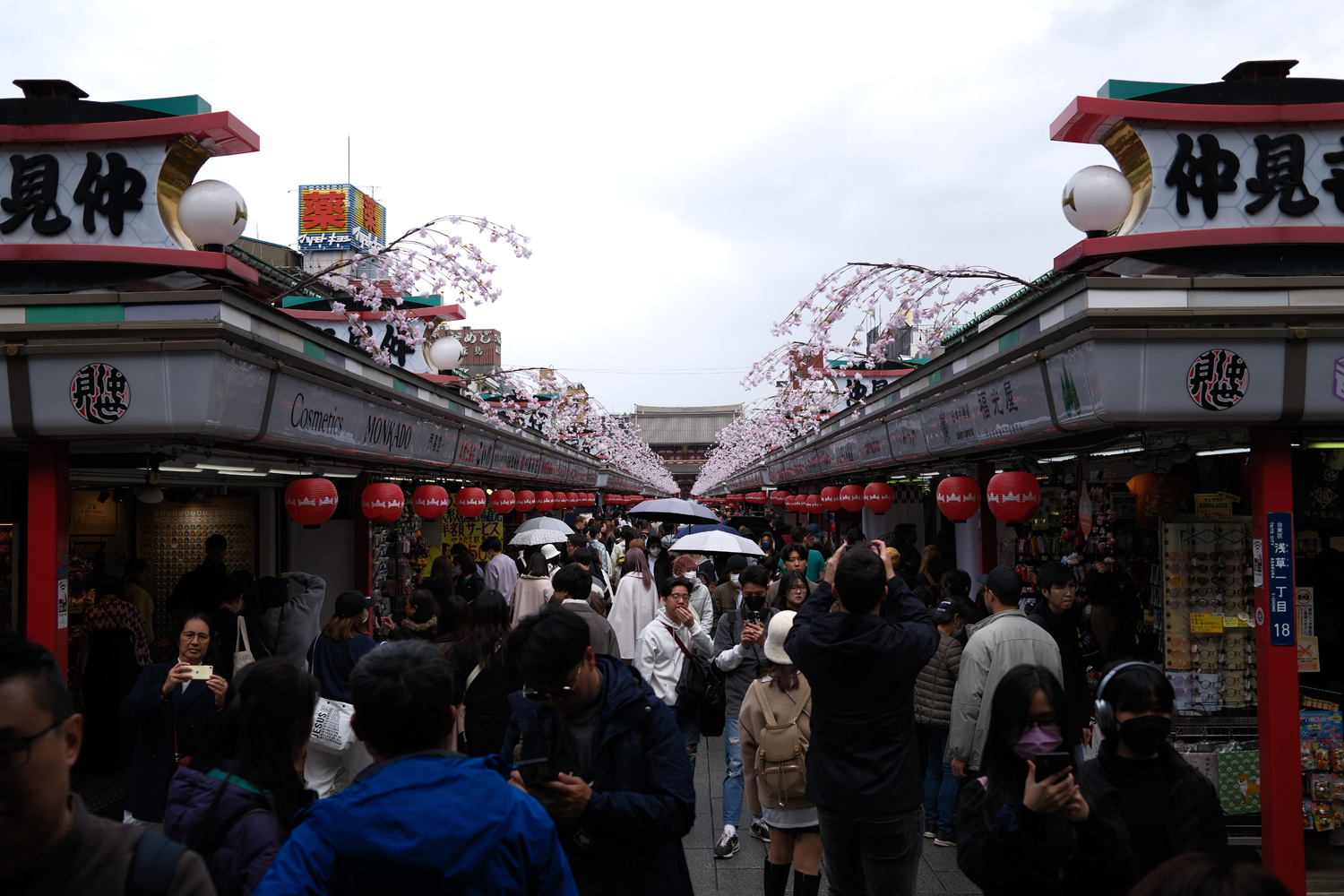
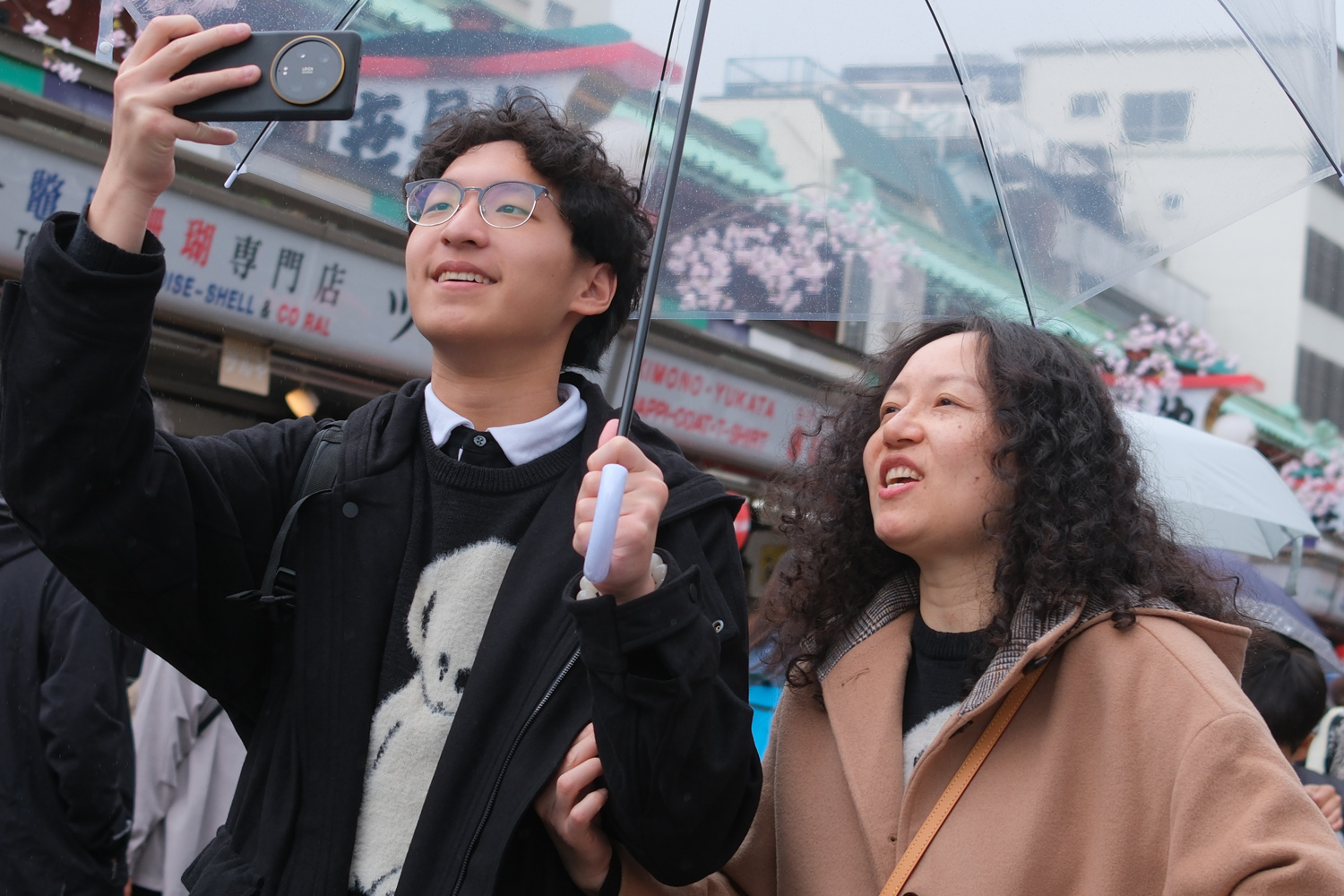
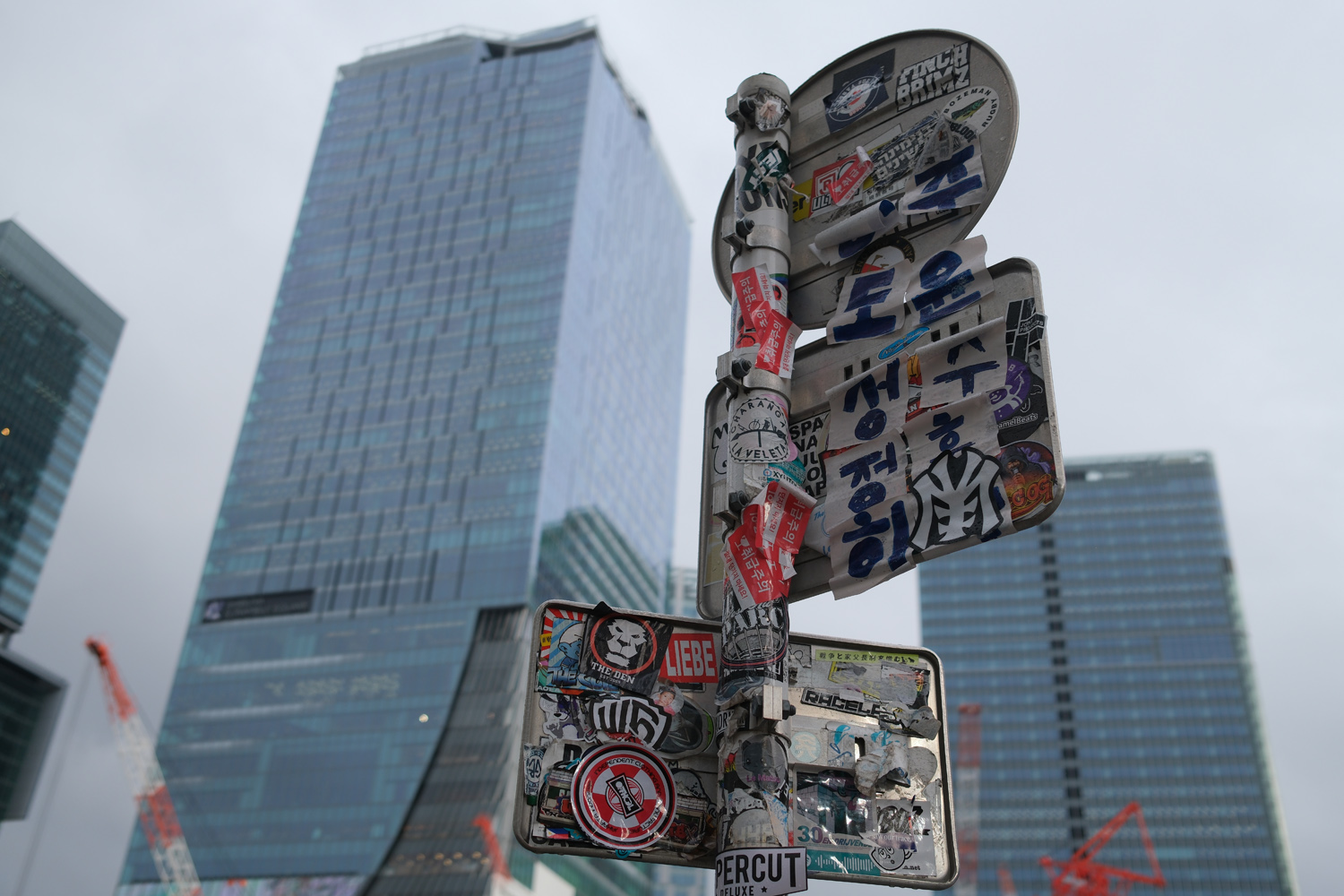
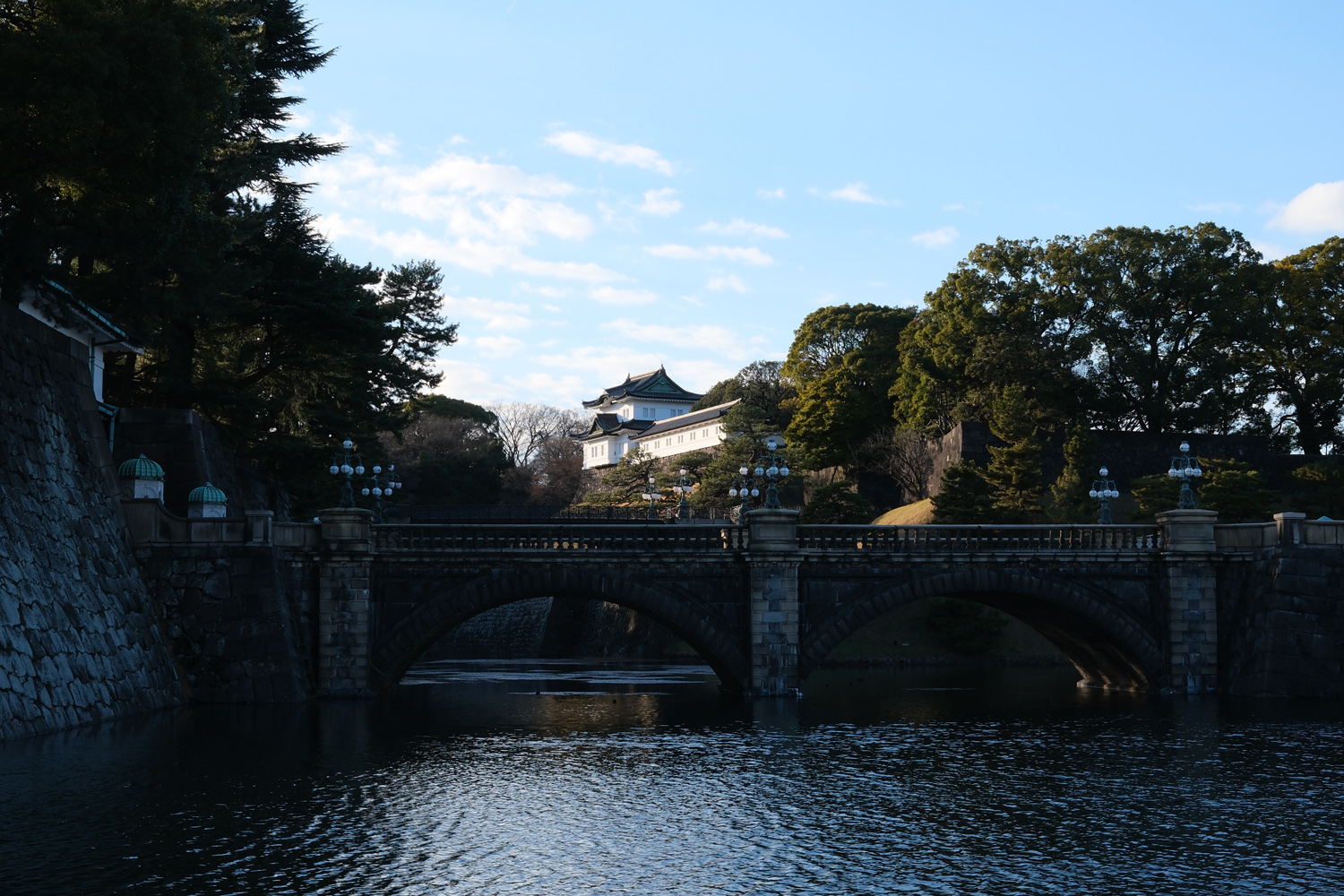
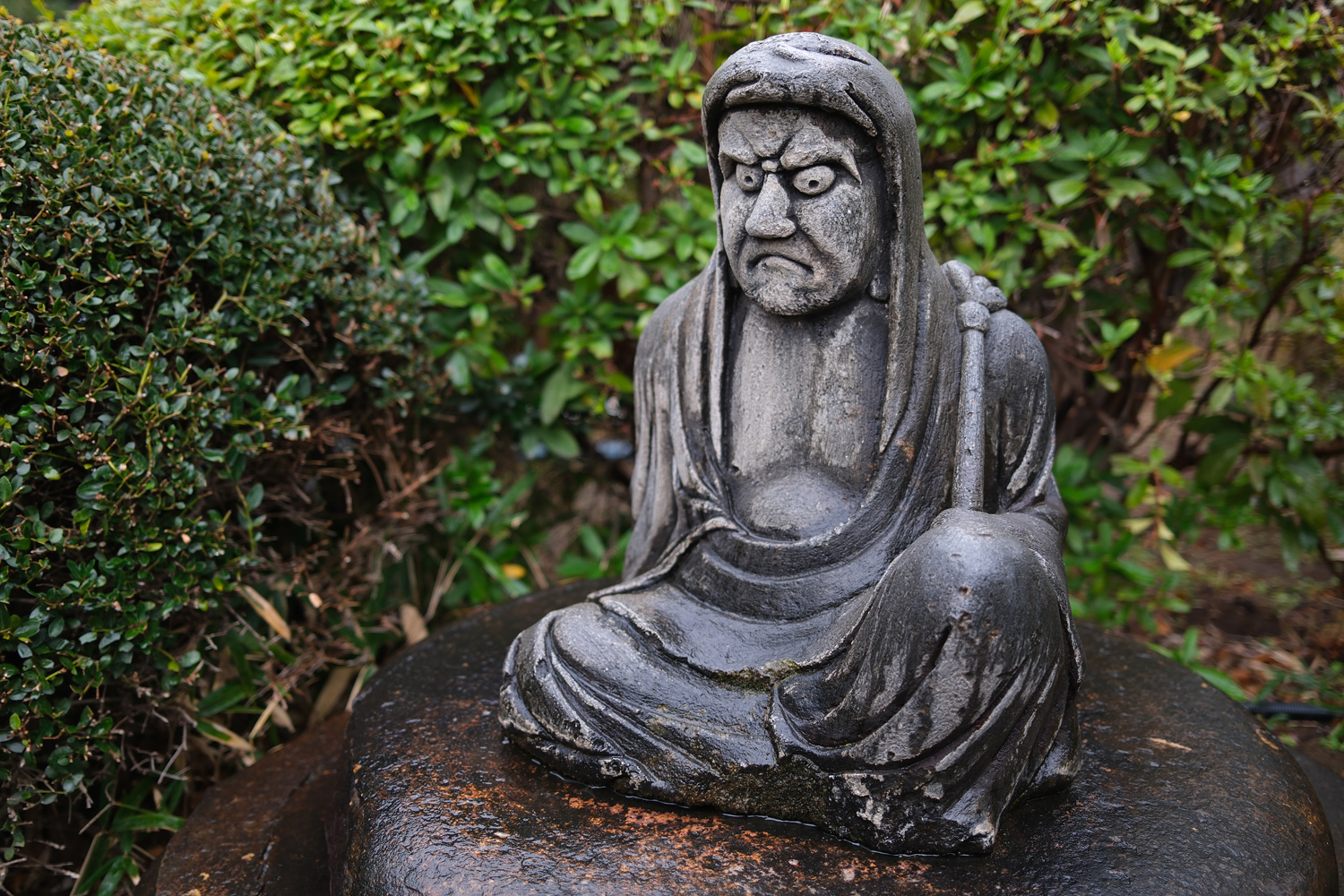

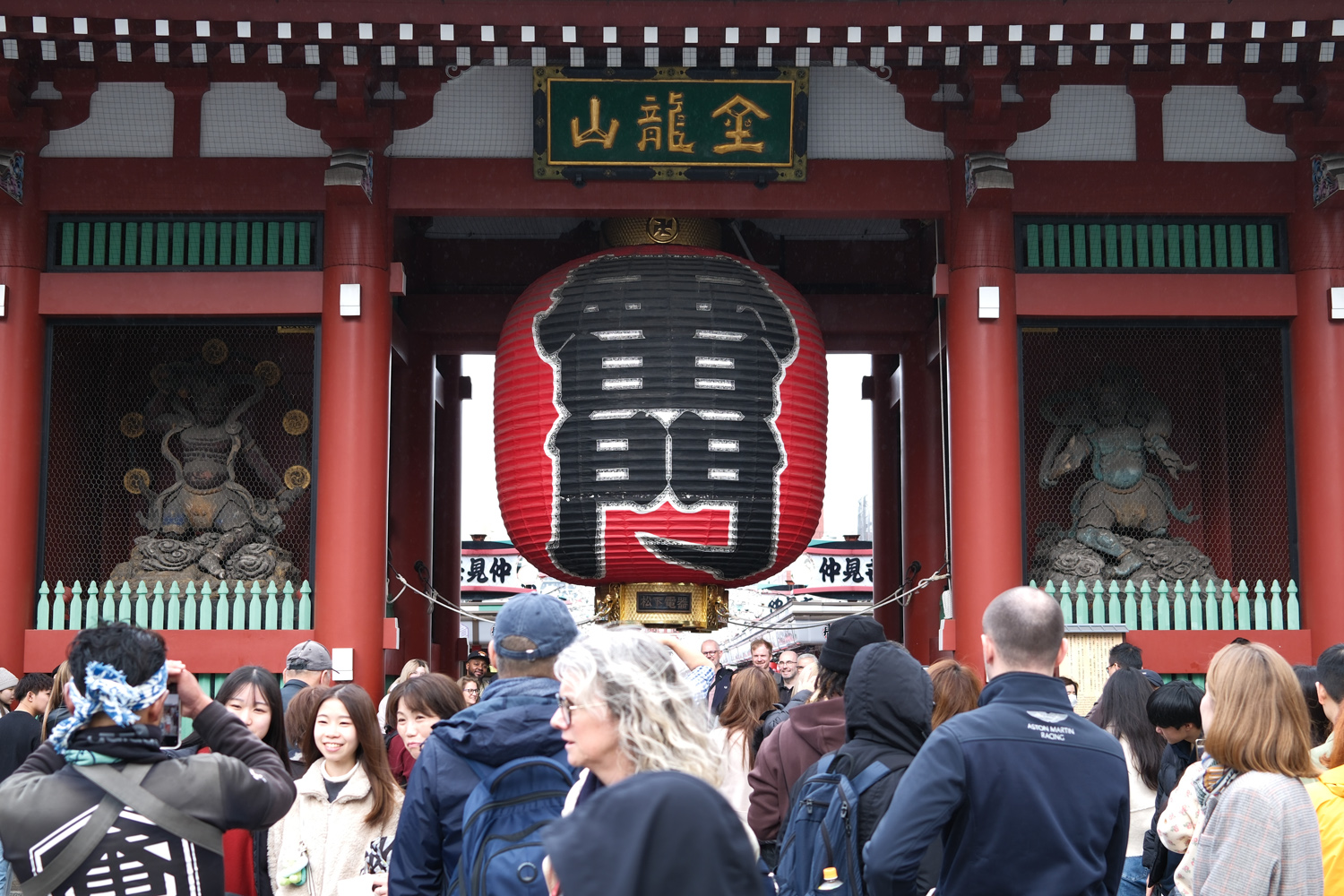
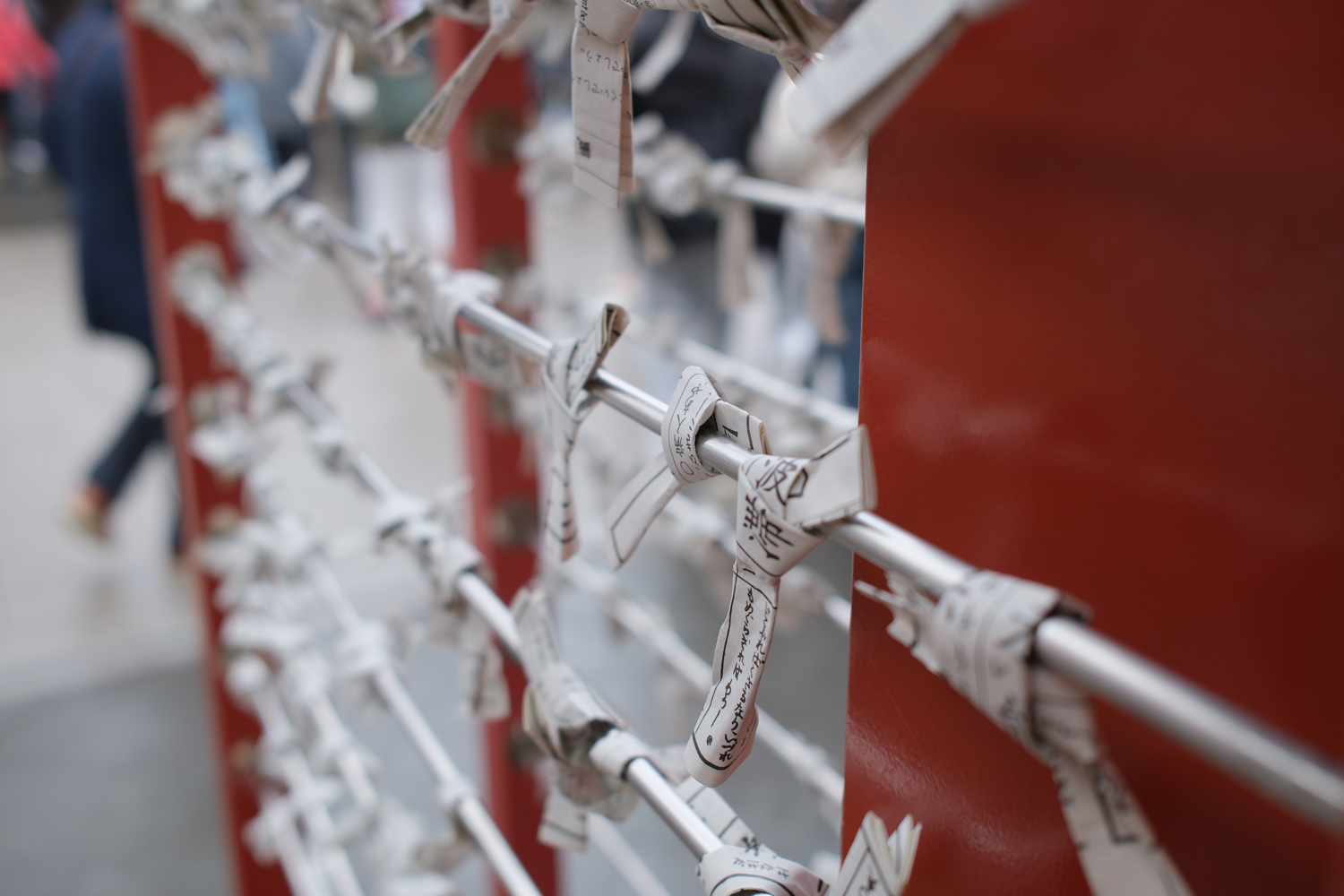

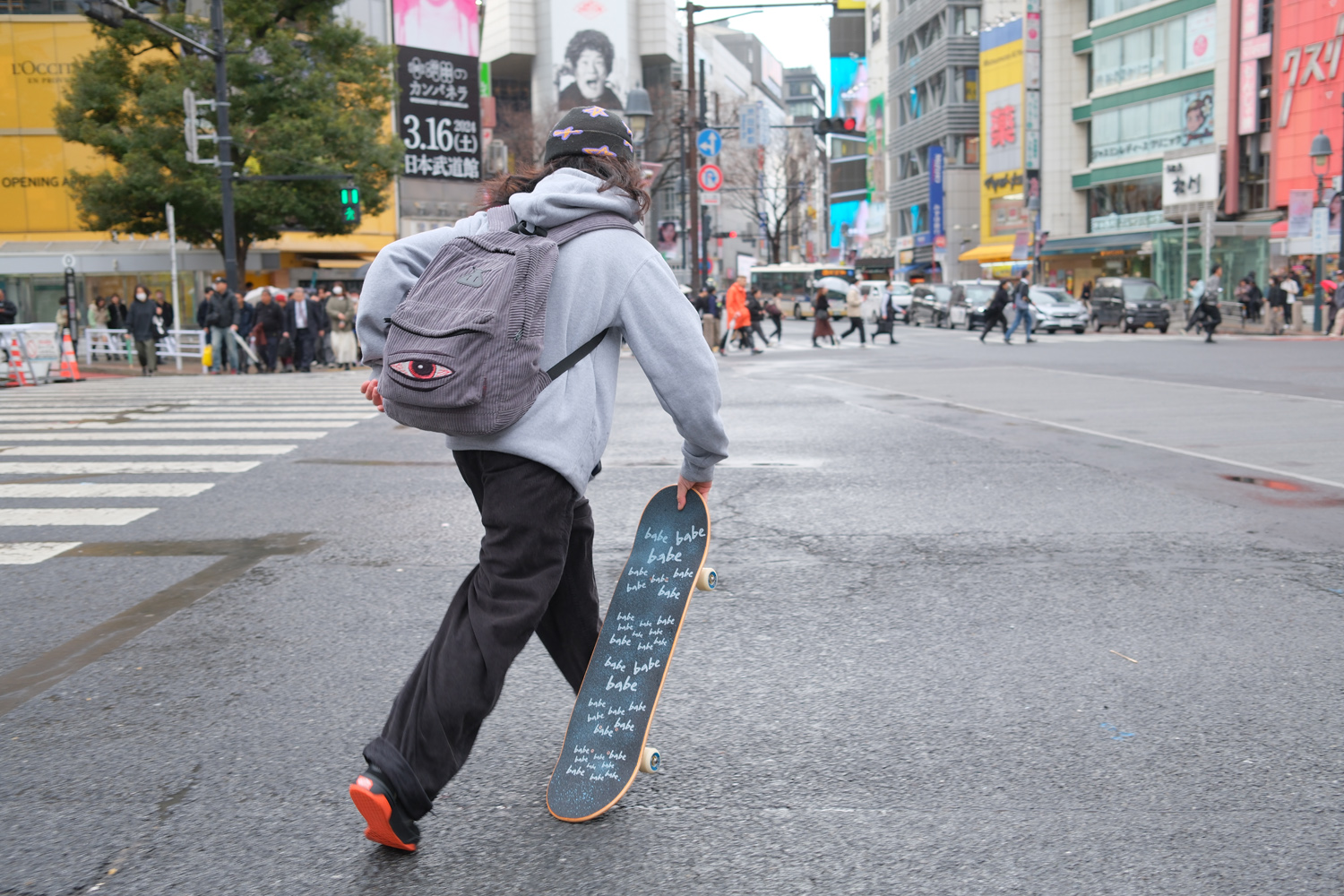
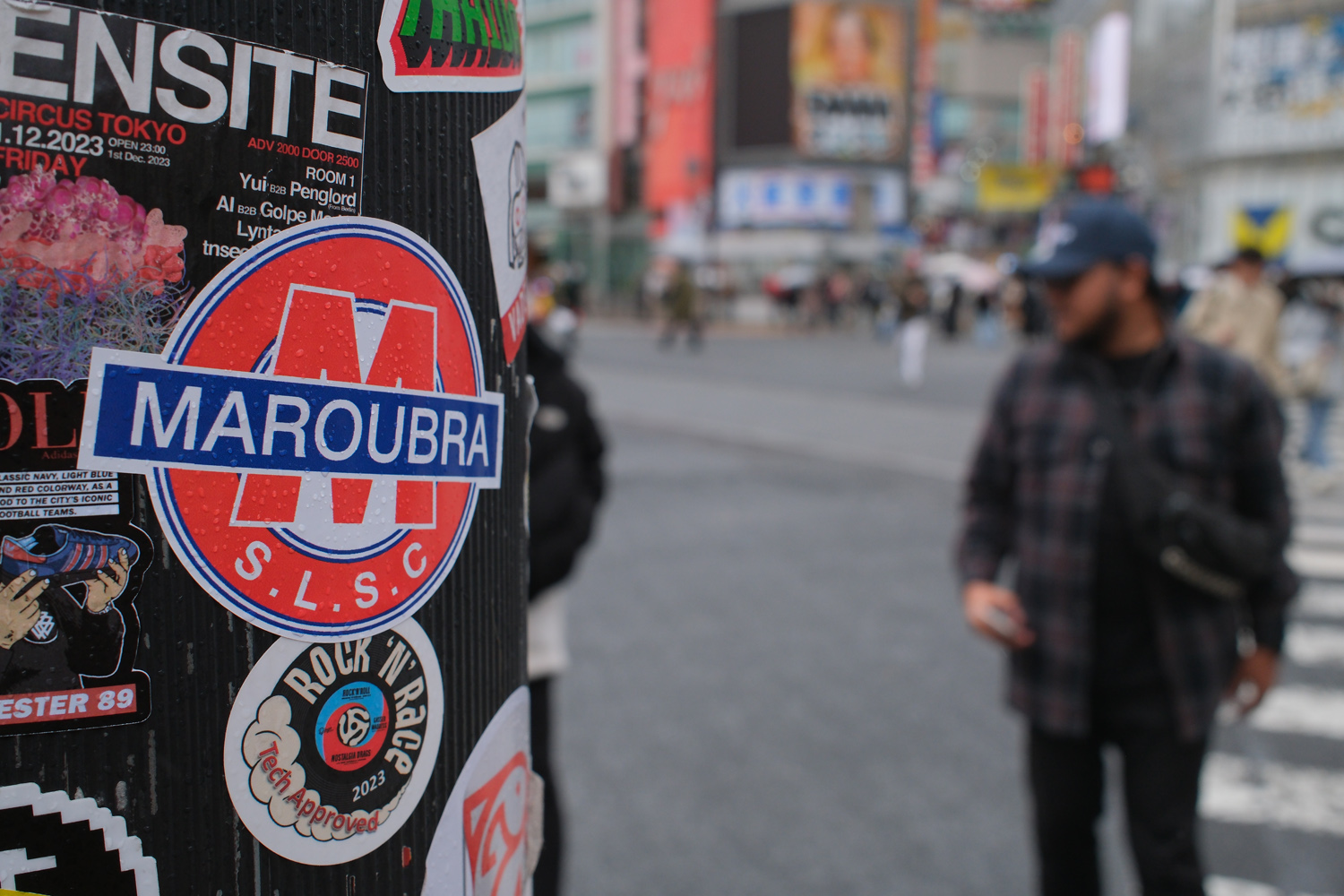
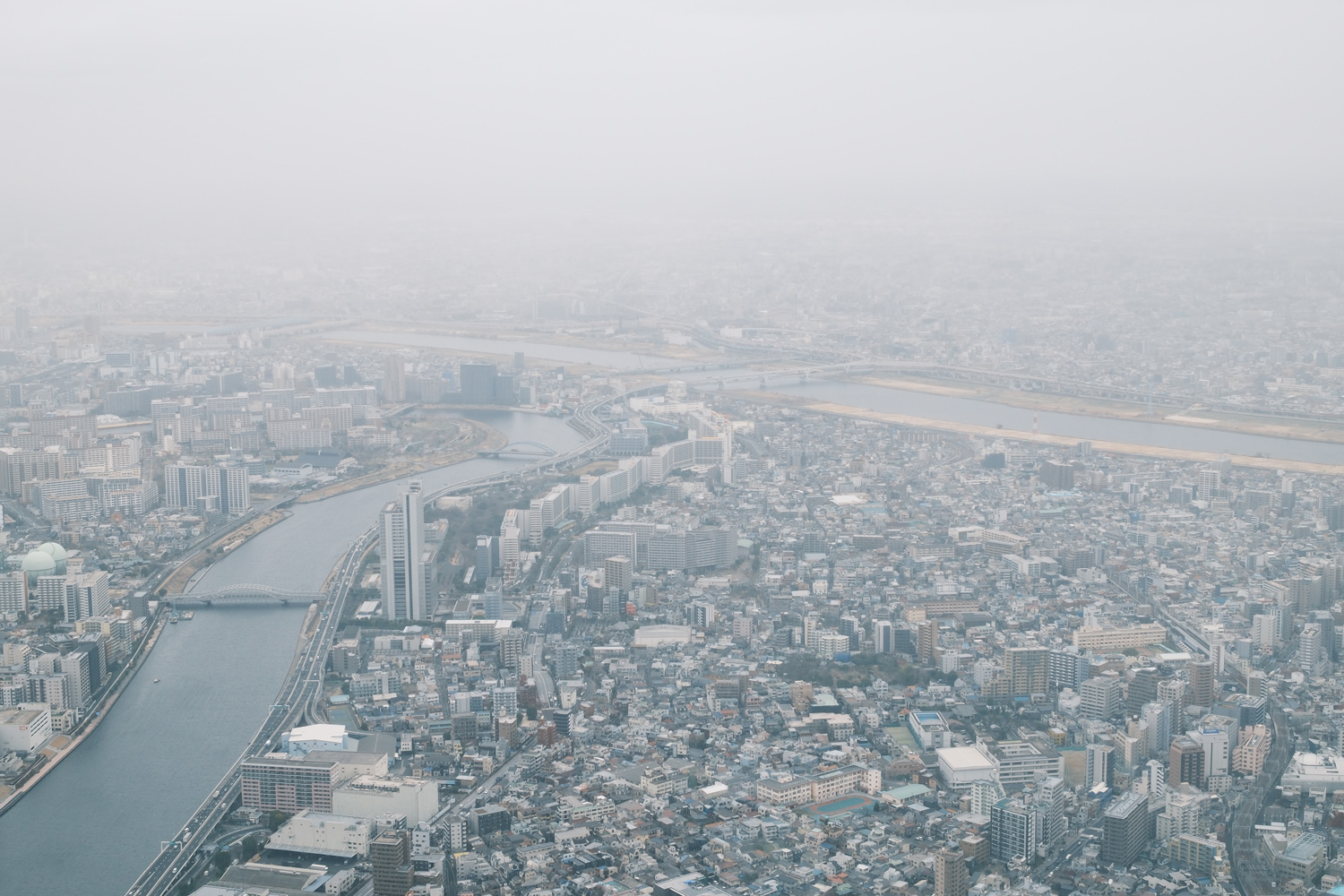
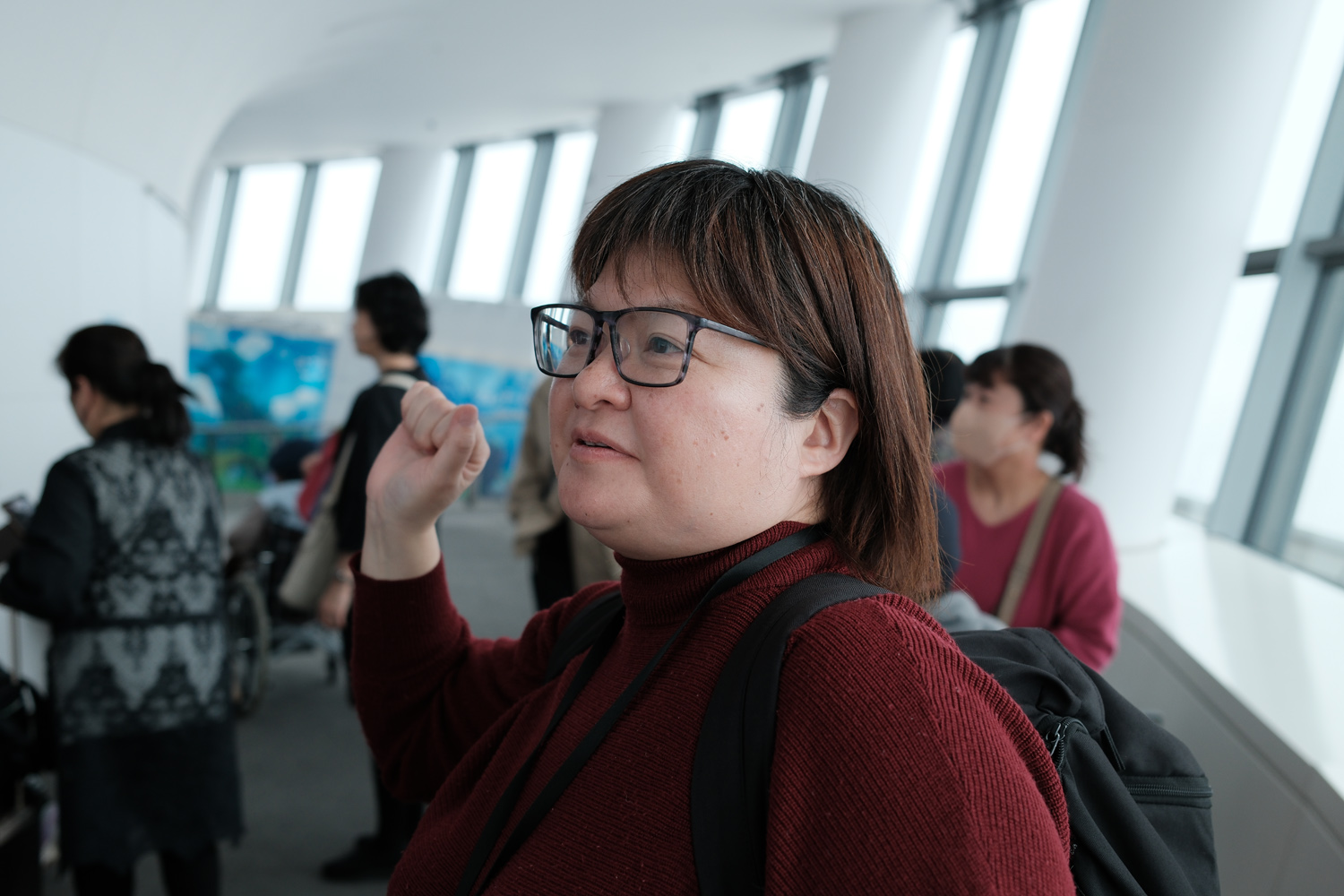
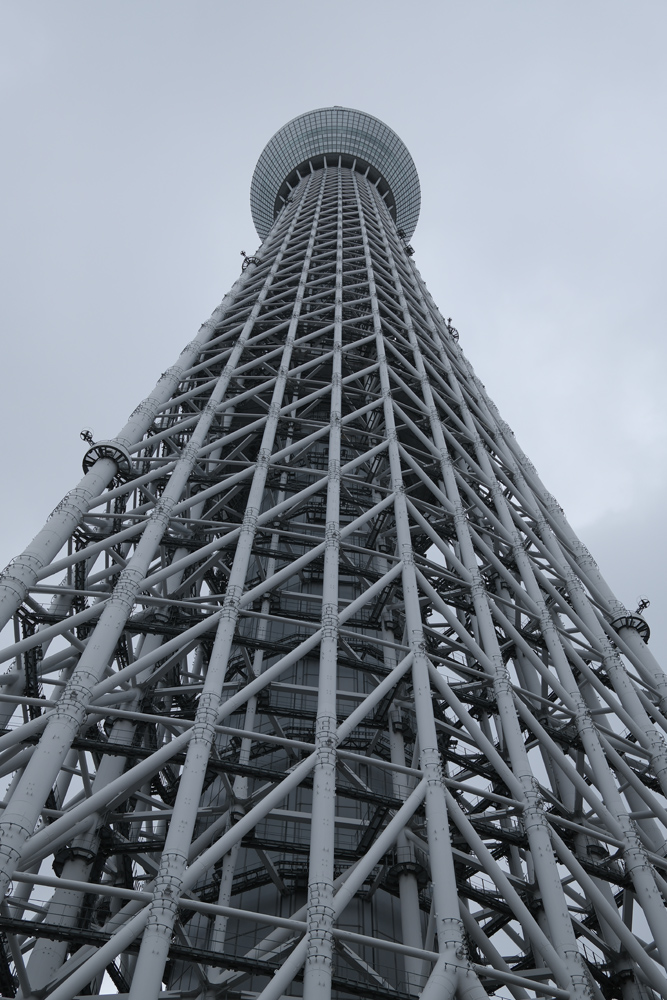

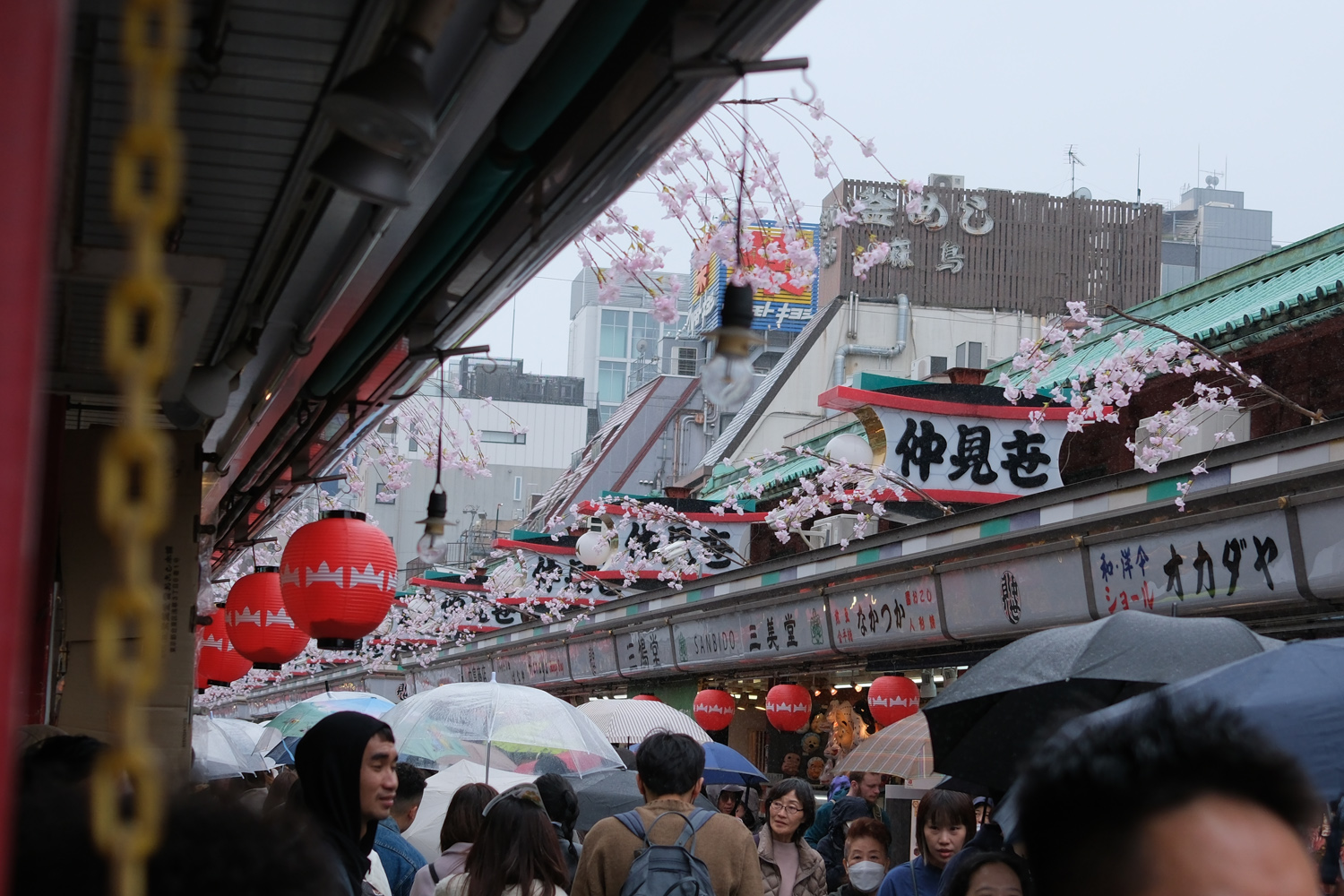
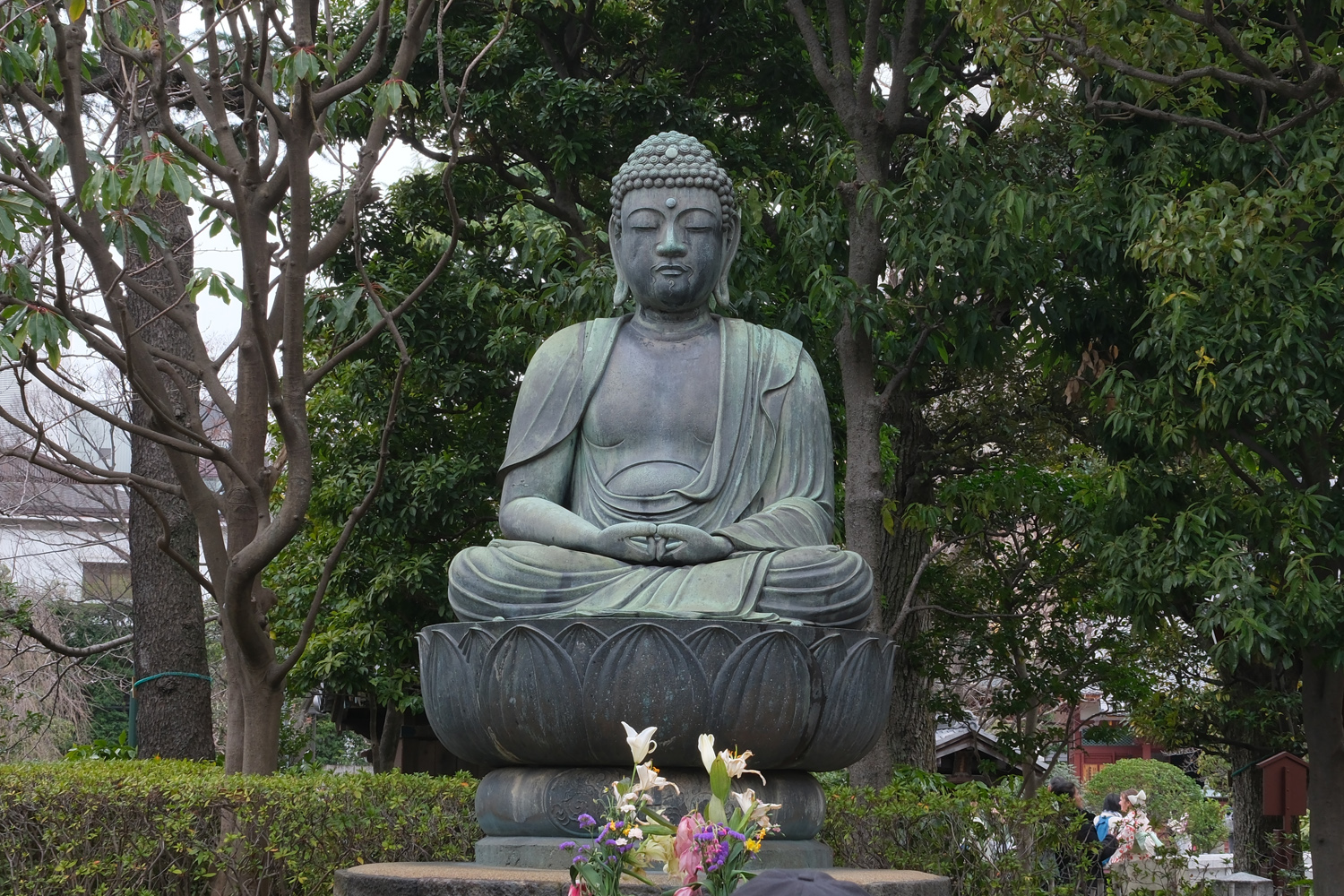
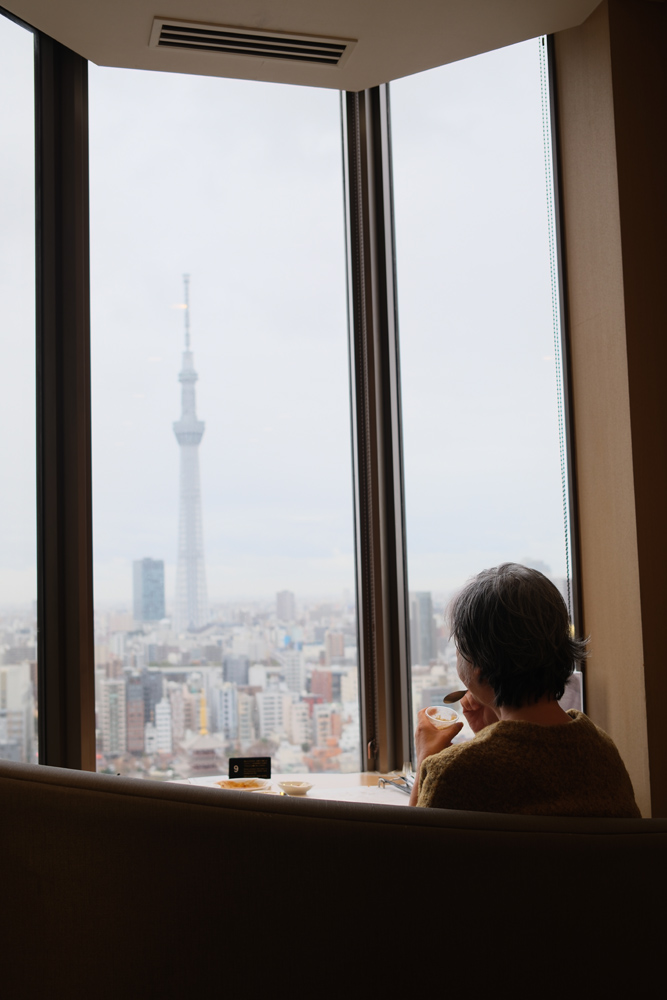
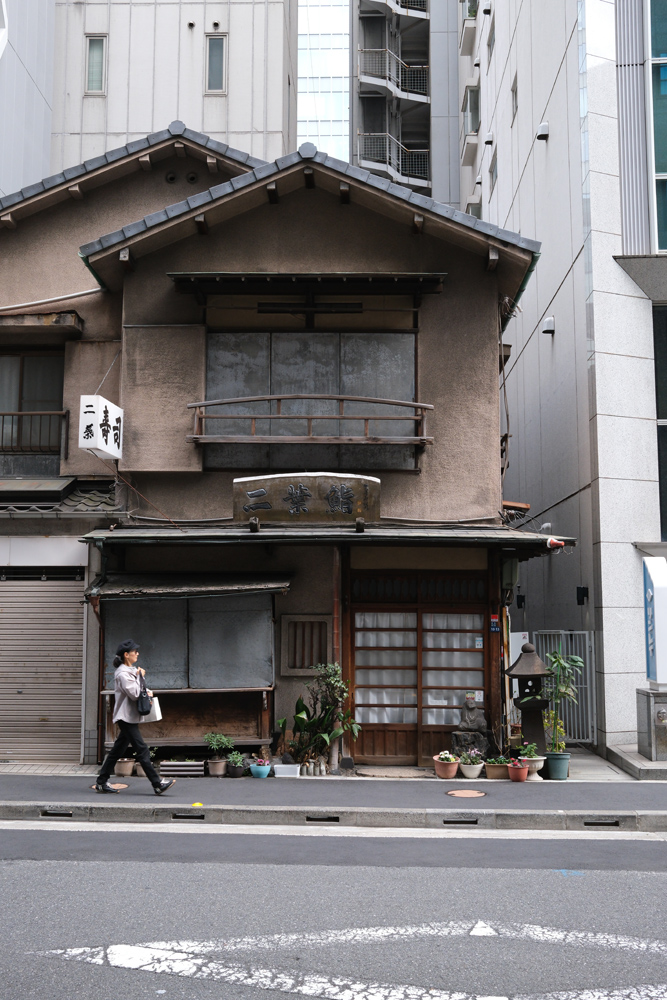
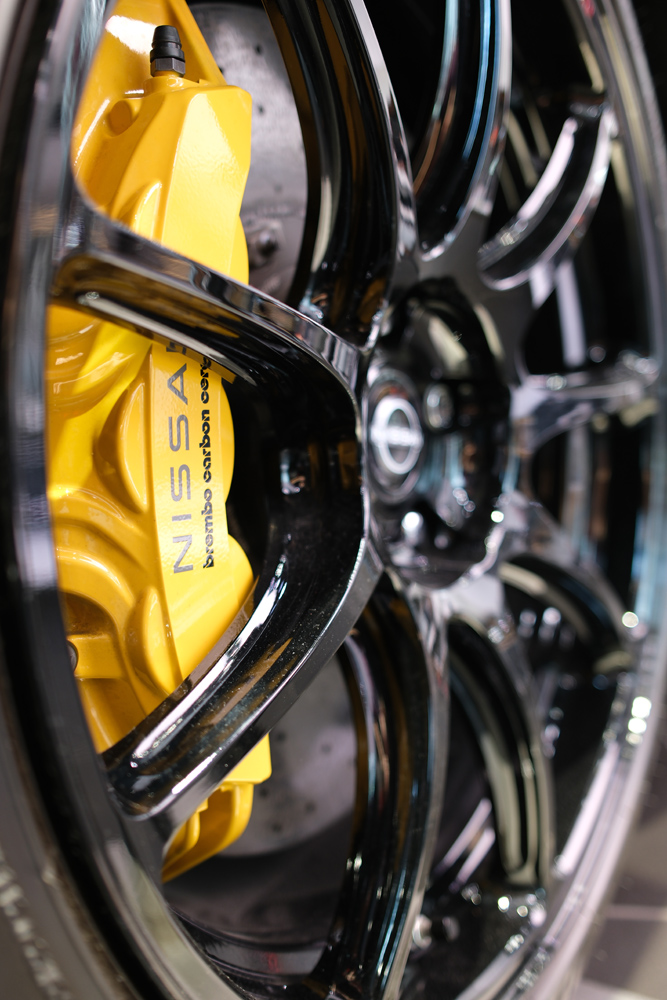
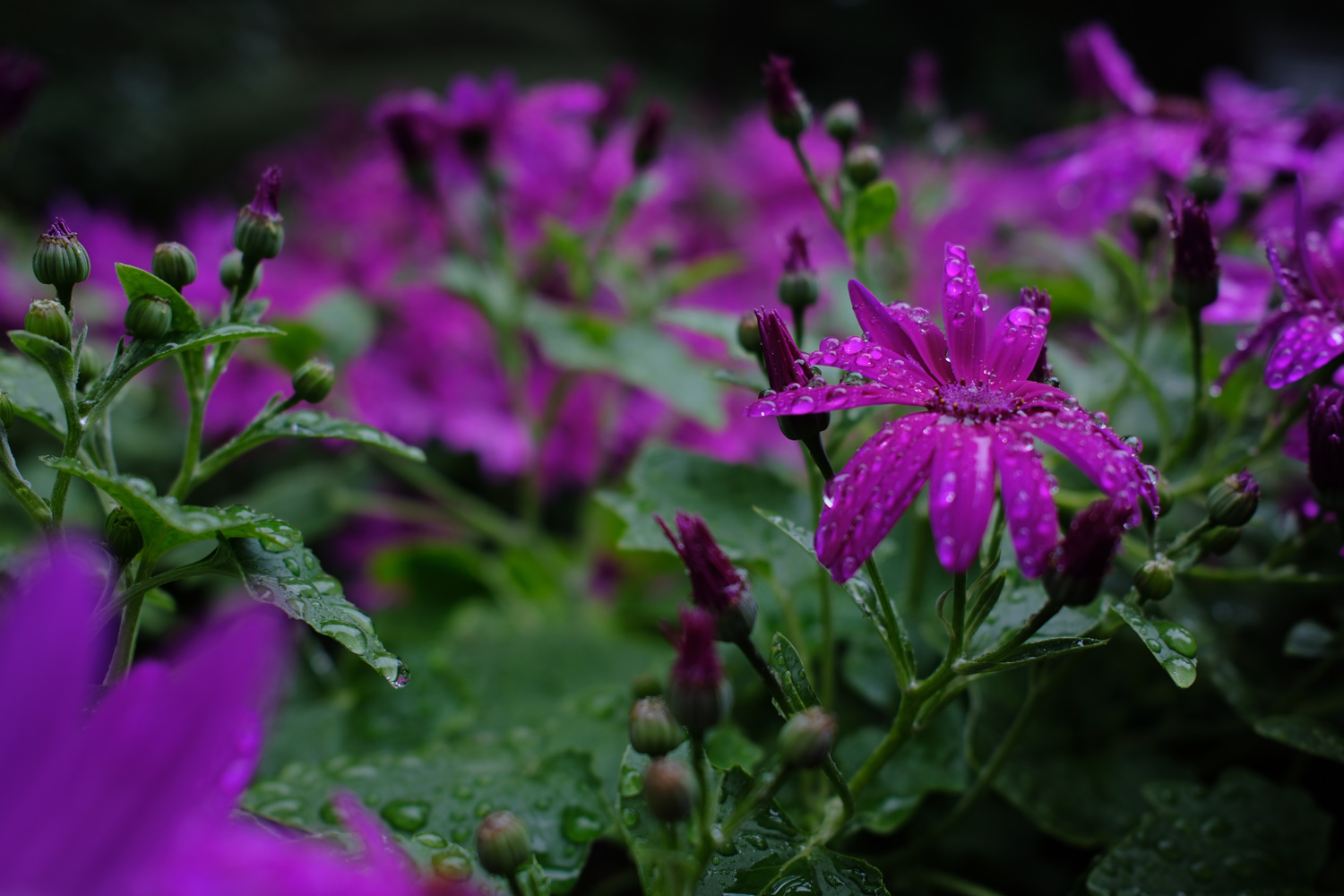
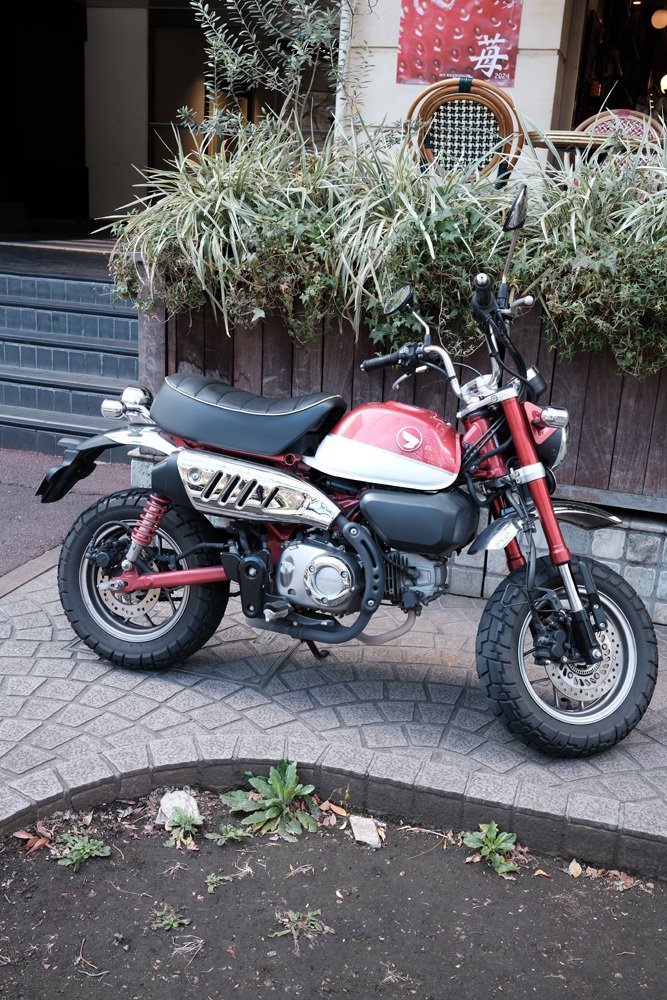
Fuji’s colour science continues to be faithful to reality, complimentary to skin tones and with ample contrast, if a little more muted than some rivals. Exposure was always on point in my testing, noise was very well controlled, and detail levels were superb.
Having a four-stop ND filter just a flick of a switch away continues to come in very handy. The addition of ABIS meant I was able to shoot handheld down to 1/4sec, adding a real sense of movement to certain scenes without having to reach for a tripod first.
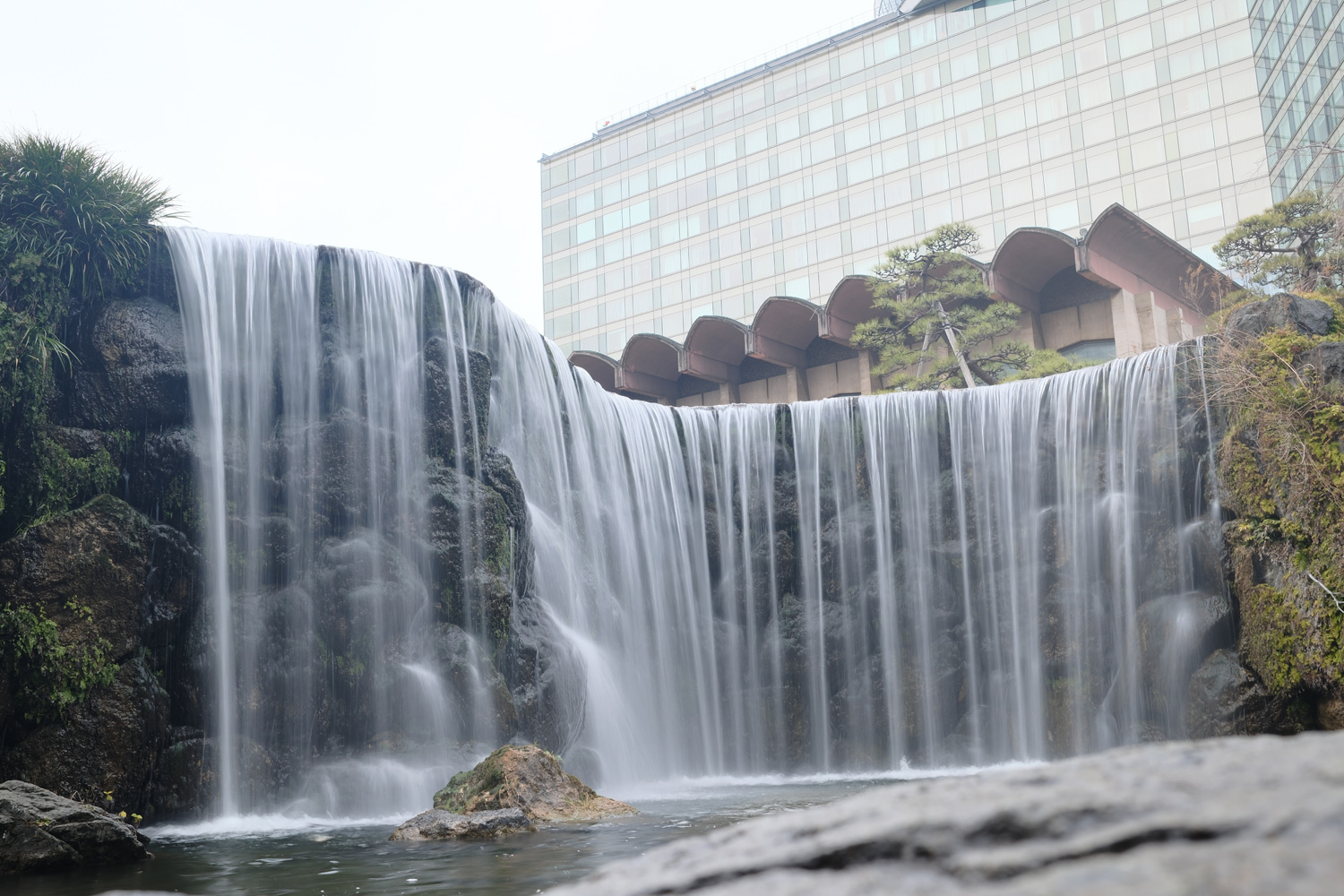

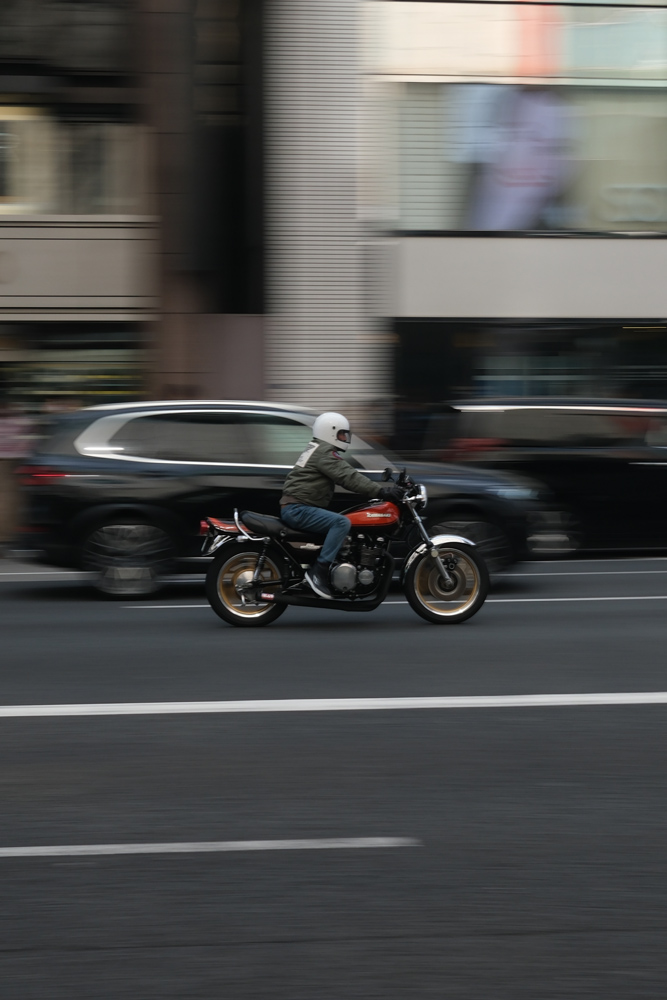
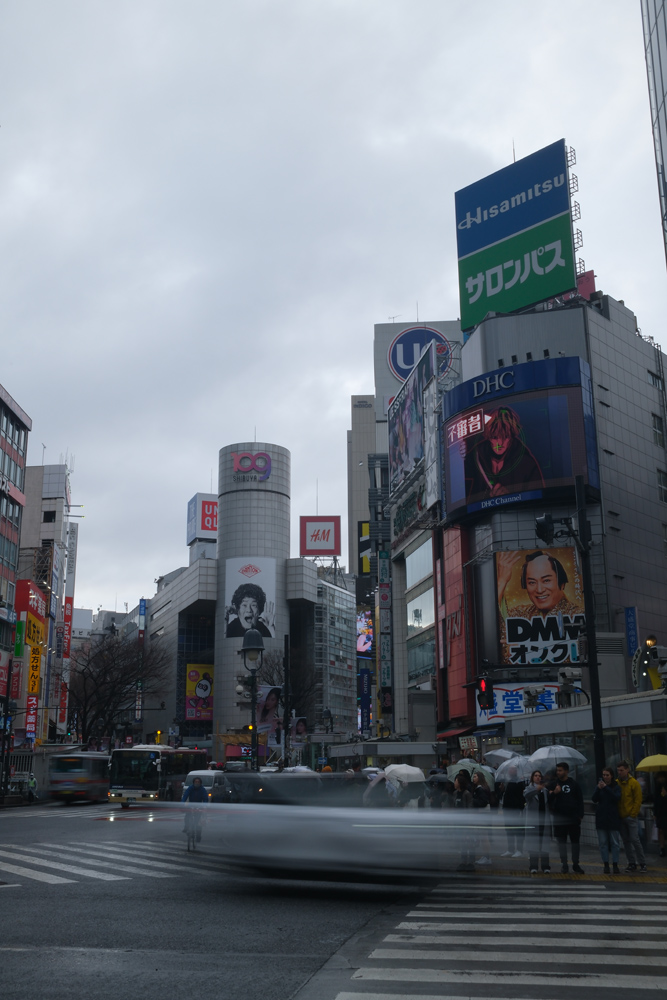
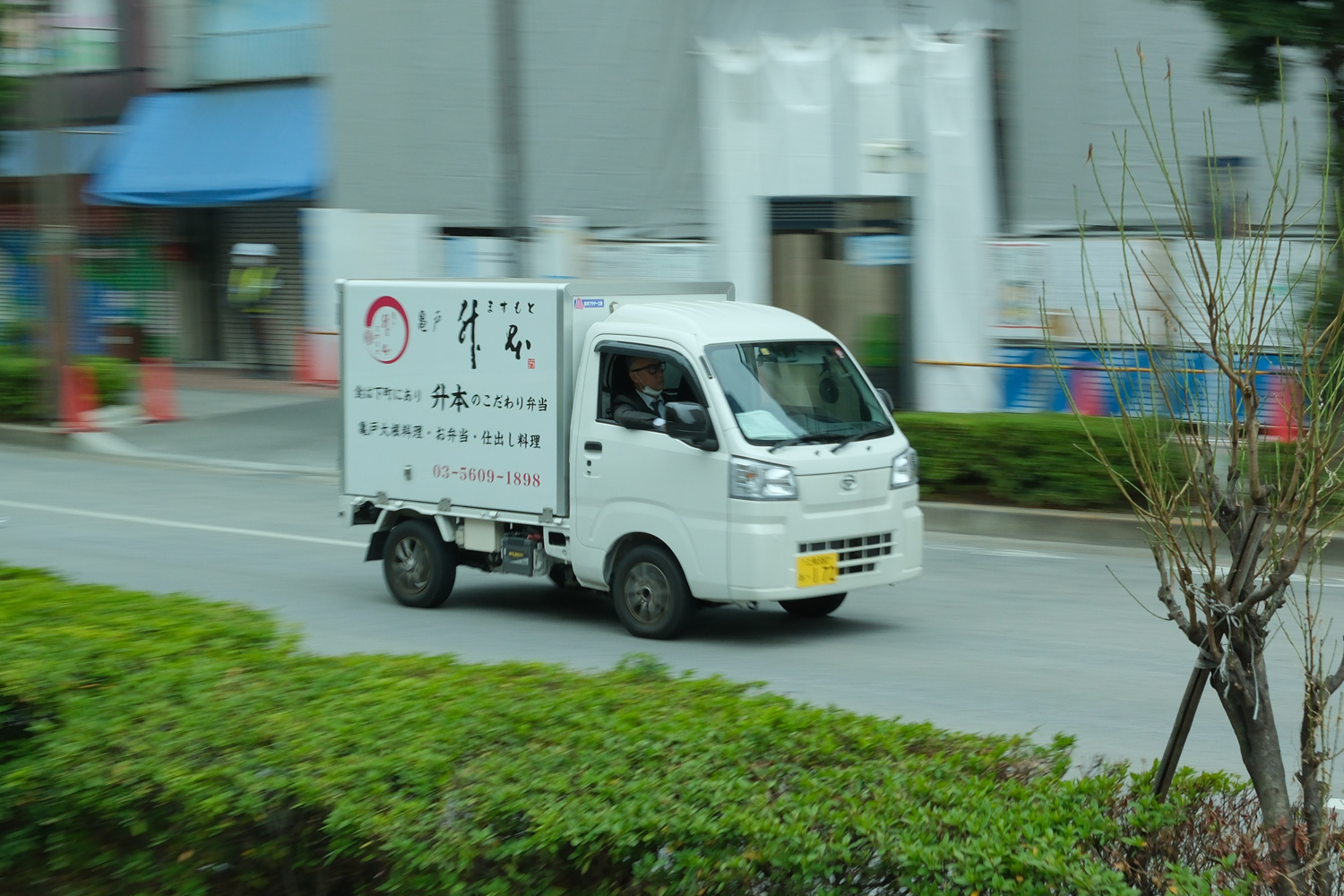
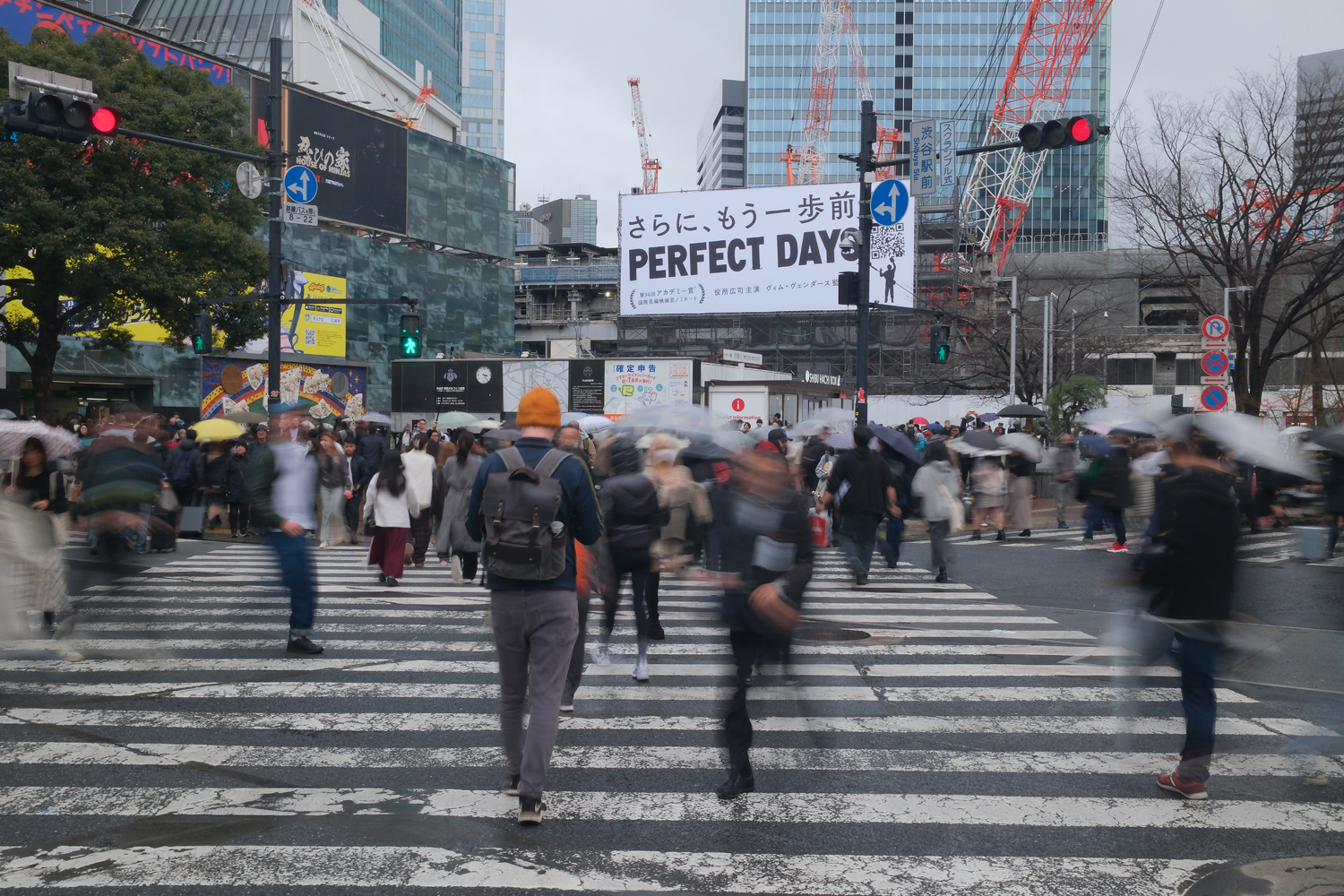
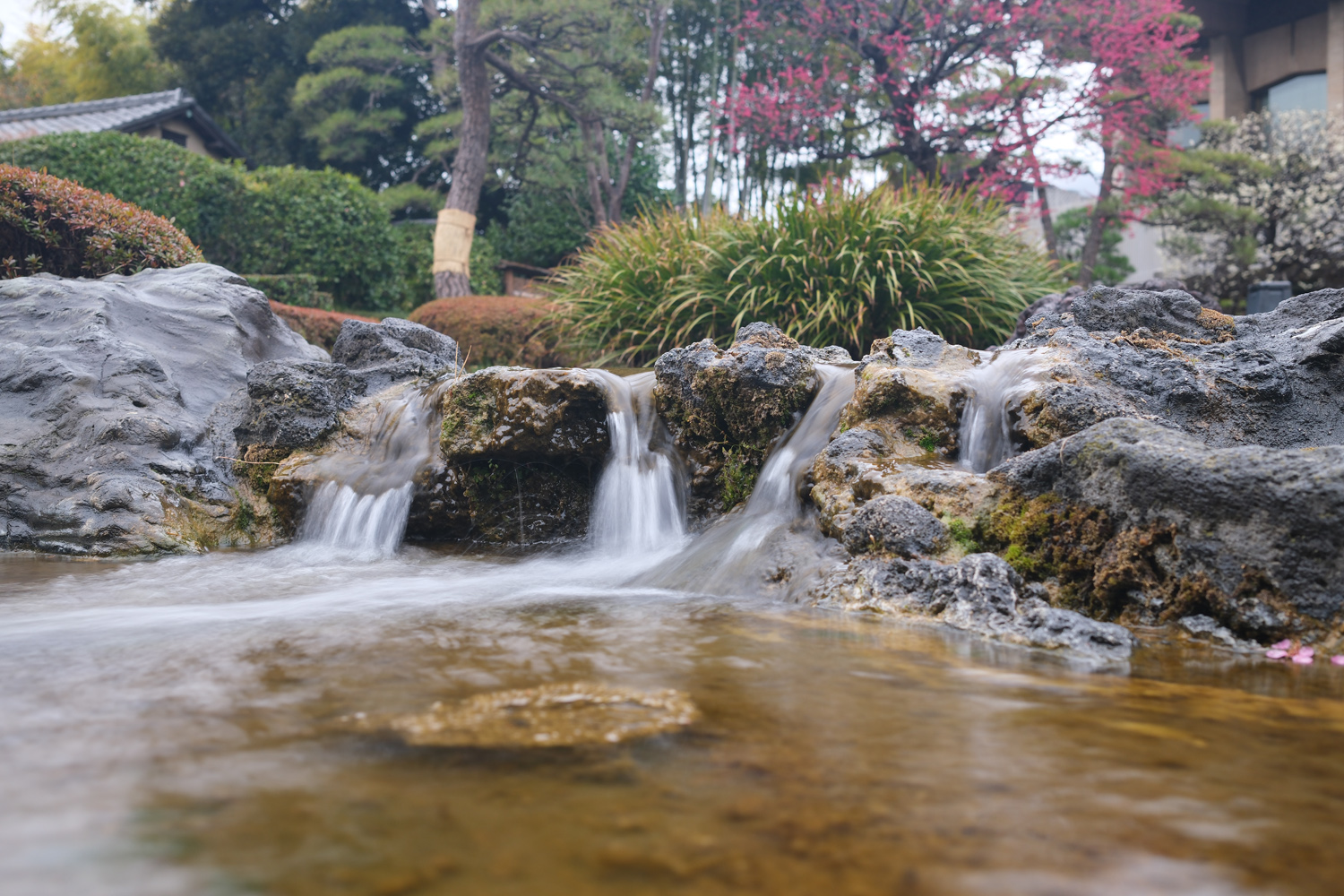
You of course get an extensive selection of Fuji’s film simulation modes, which apply tasteful filters inspired by classic analogue film. I loved having them a button press away, for quickly experimenting with different styles. Shooting JPEG+RAW lets you keep an original file for later editing, too.
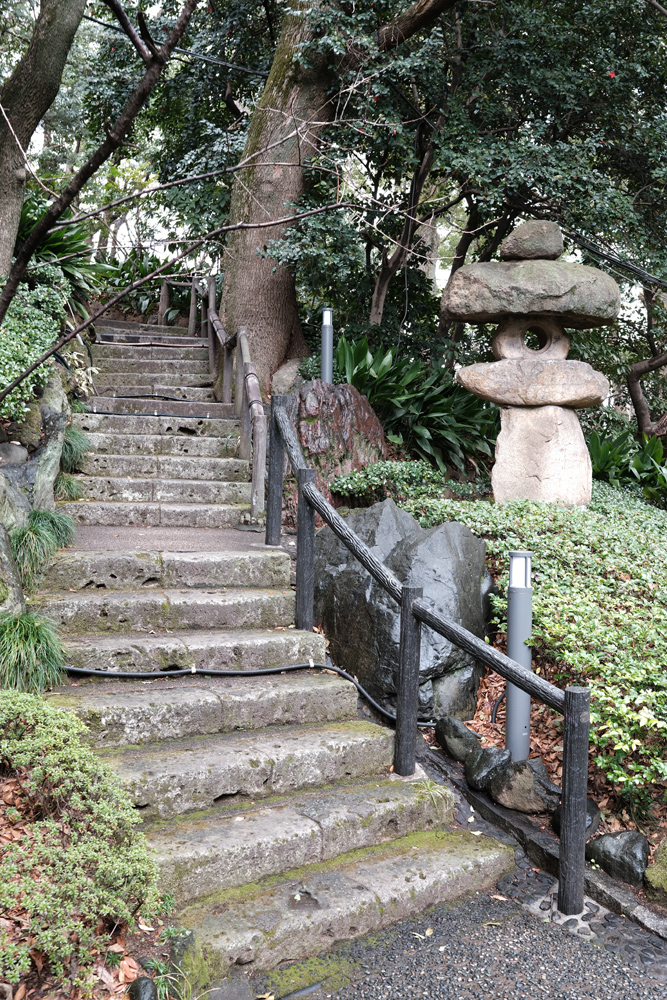


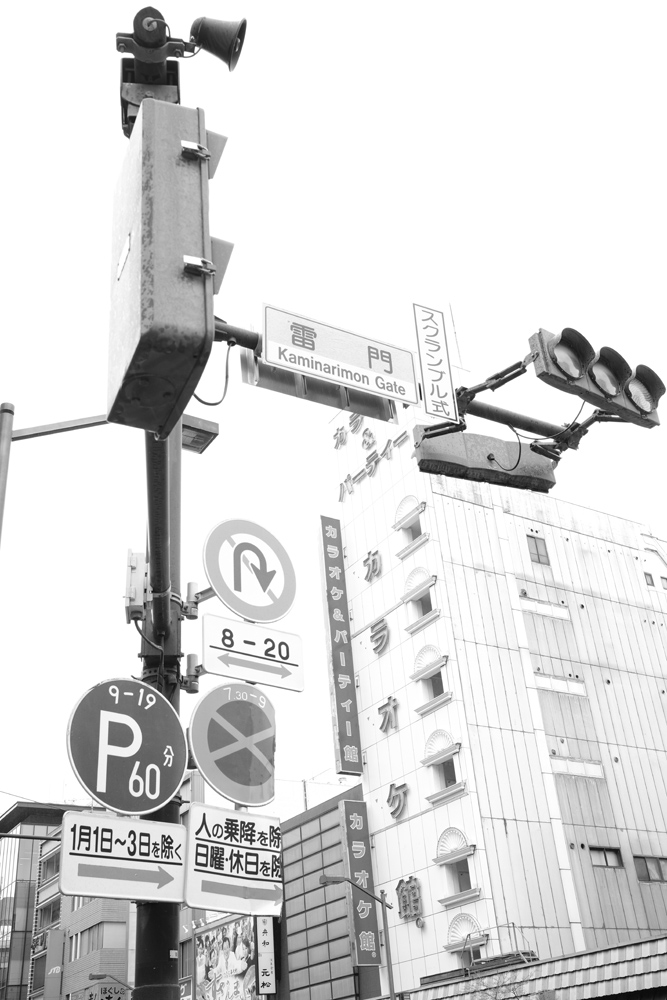


Reala Ace is the big new addition, having never appeared on an X-series camera before. It adds great tonality to each frame, without going overboard on the desaturation, although I think there’s a very subtle difference between it and the existing Classic Chrome preset.
My week-long test session was spent on a a camera running final production firmware. The sample pictures below have been resized from their native resolution, but are a good reflection on what customers can expect from the X100VI.
The X100VI’s movie modes work as well as I’ve come to expect from Fuji cameras. This is by no means going to be a go-to choice for vloggers and content creators, but it takes very clean footage that handles motion well. F-log filming allows for colour grading later, and the 6.2k clips using a cropped sensor are excellent.
Fujifilm X100VI verdict
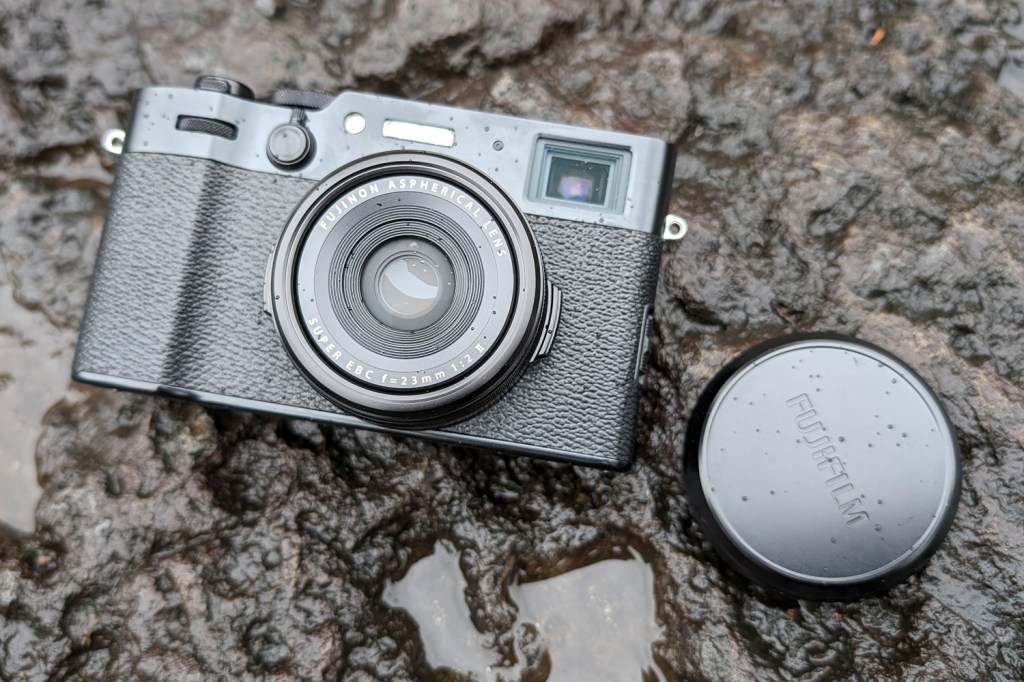
It didn’t take more than a few days of use to realise fixed-lens camera don’t really get much better than the Fujifilm X100VI. The Leica Q3 may have a full-frame sensor and manage 8K video recording, but it lacks Fuji’s fantastic hybrid viewfinder – and costs three times the price.
The higher pixel count and addition of in-body stabilisation make this a formidable addition to any street photographer’s kit bag. The extensive film simulation selection is also fantastic for creative expression, and earns plenty of clout with the TikTok crowd. Battery life has improved, albeit slightly, and movie mode upgrades are nice to have, too, even if this is primarily a stills camera.
I’m sure some camera fans will demand more versatility than the 35mm equivalent lens can provide, even with digital cropping thrown into the mix. Vloggers and content creators aren’t exactly the target market, either. But for everyone else, there’s little else I’d recommend for your camera bag.
Stuff Says…
The iconic rangefinder compact returns with even more resolution, in-body stabilisation and smarter autofocus. Street photographers should get in line for a Fujifilm X100VI
Pros
New sensor takes stunning stills, even when digitally cropped
Hybrid rangefinder a genuine treat to use
In-body stabilisation a welcome addition
Cons
Only two-way tilting LCD screen limits vlogger appeal
Optional adaptor essential for weather sealing
Fujifilm X100VI technical specifications
| Sensor | 40.2MP APS-C |
| Lens mount | Fixed lens |
| ISO range | ISO 125-51200 (extended) |
| Continuous shooting | 11fps (mechanical) 20fps (electronic) |
| Video recording | 6.2K/30 (cropped), 4K/60, 1080p/240 |
| Screen | 3.0in, 2-way tilting LCD |
| Viewfinder | 3.69m-dot hybrid optical/electronic rangefinder |
| Storage support | SDXC |
| Connectivity | USB-C, microphone in, Wi-Fi, Bluetooth |
| Dimensions | 521g (including battery and memory card) |
